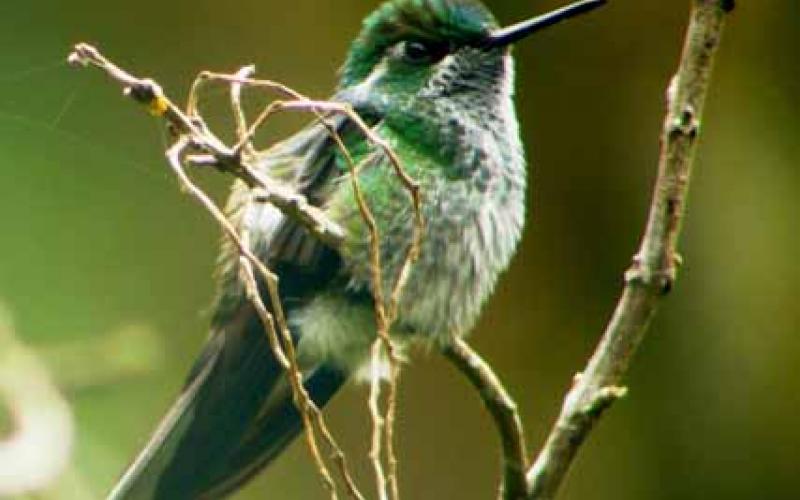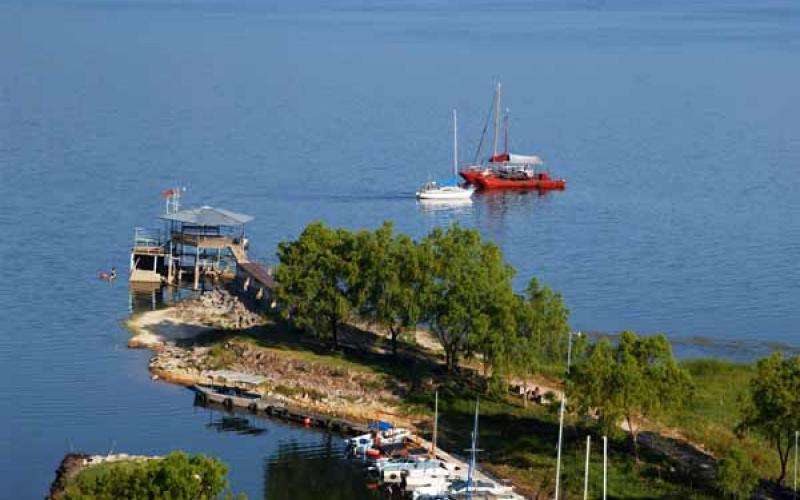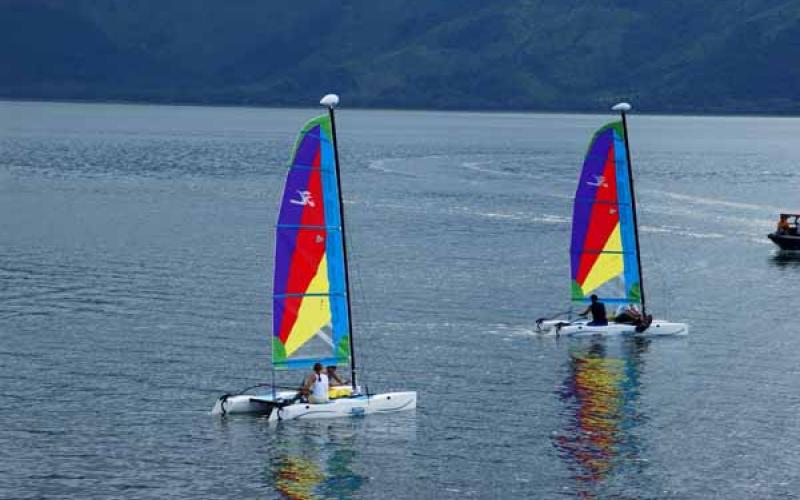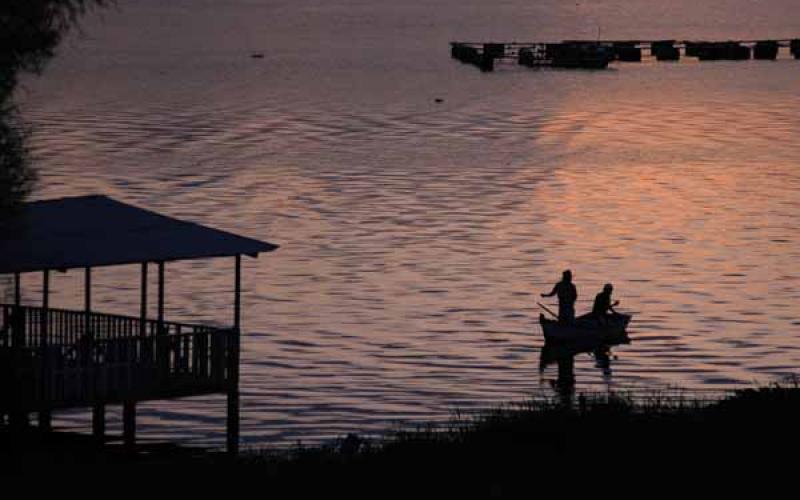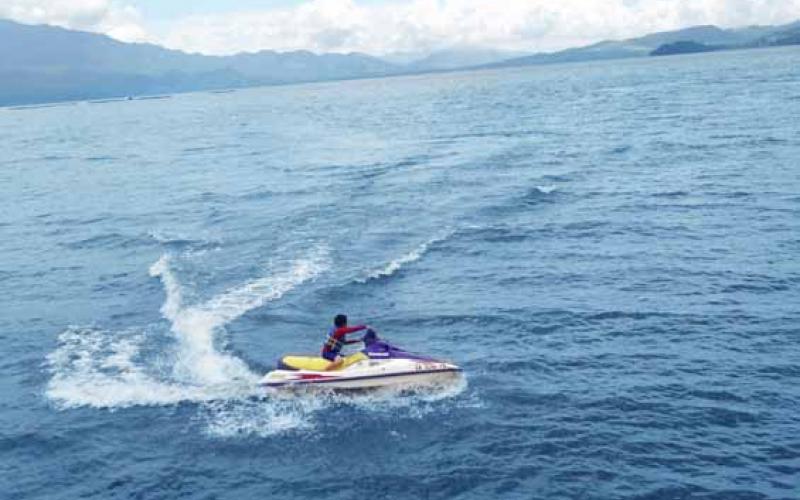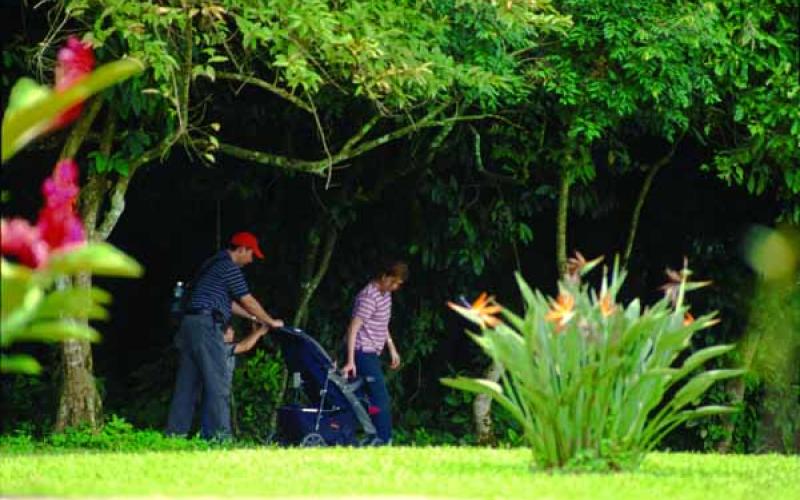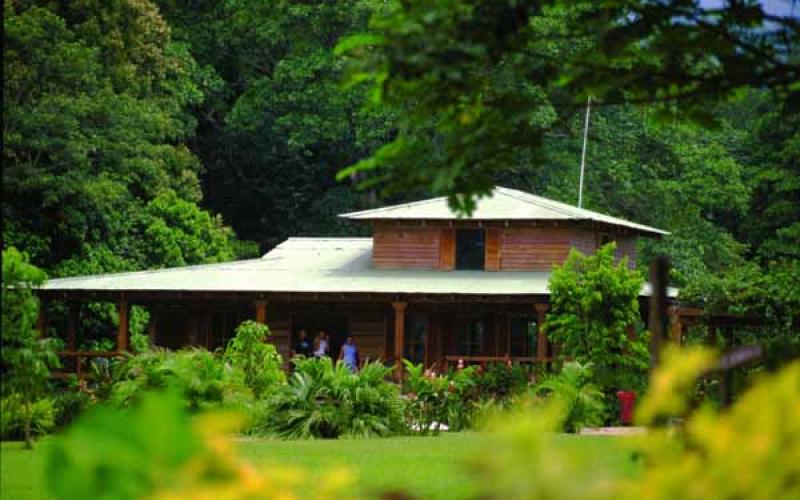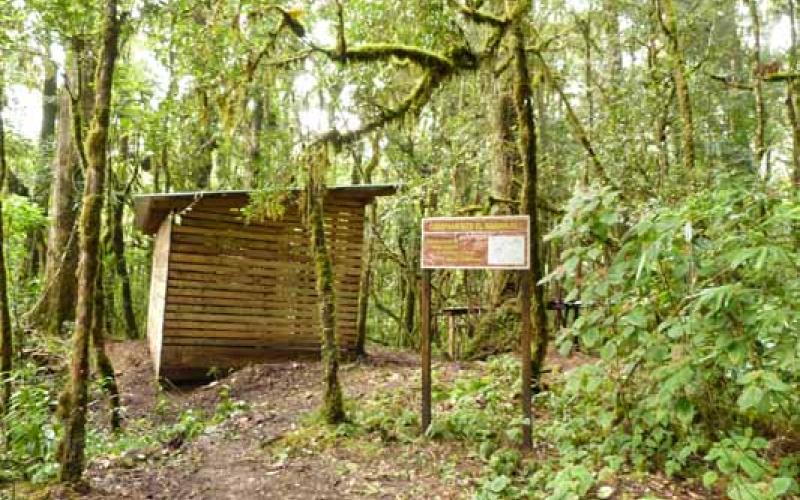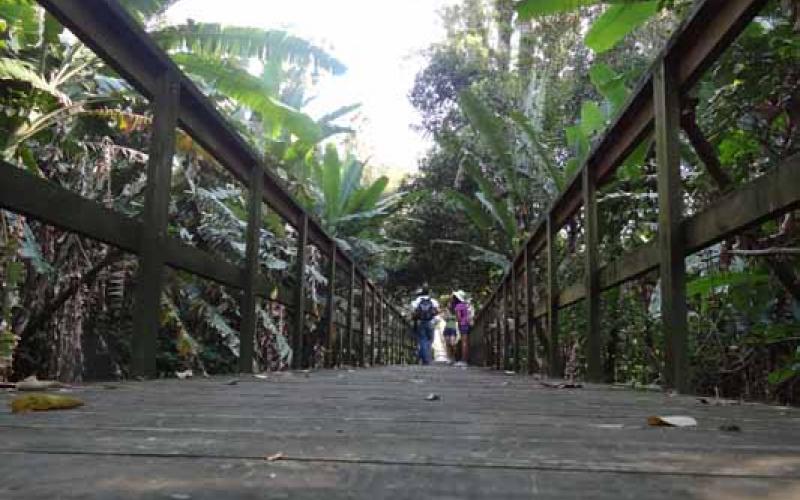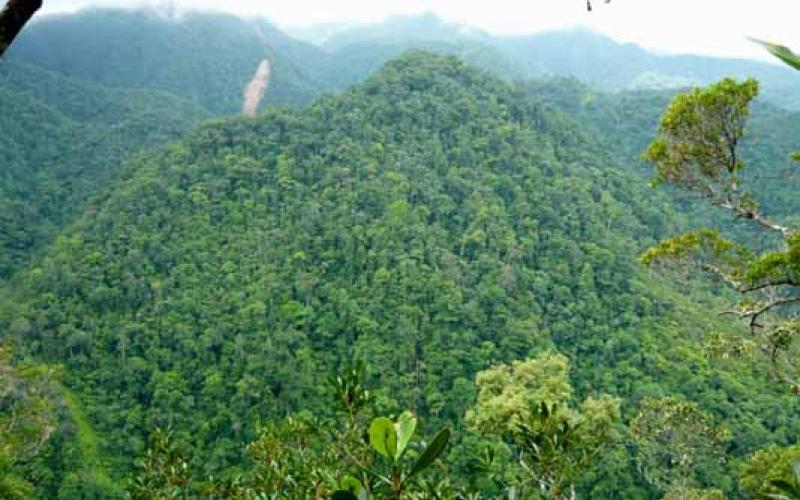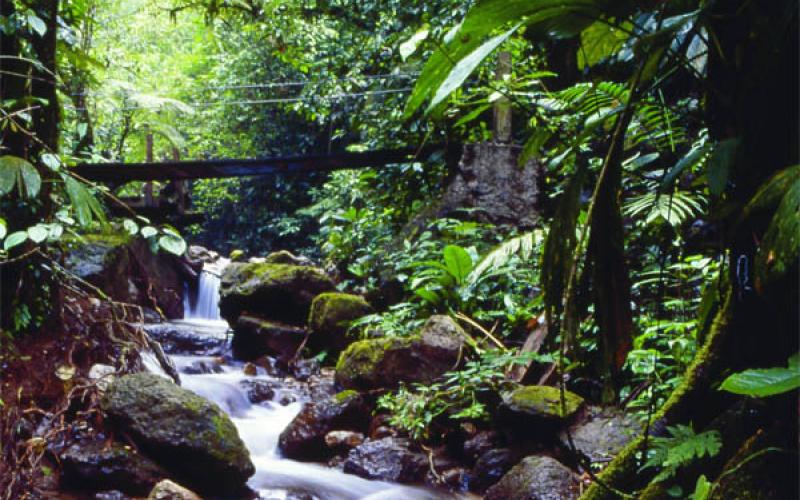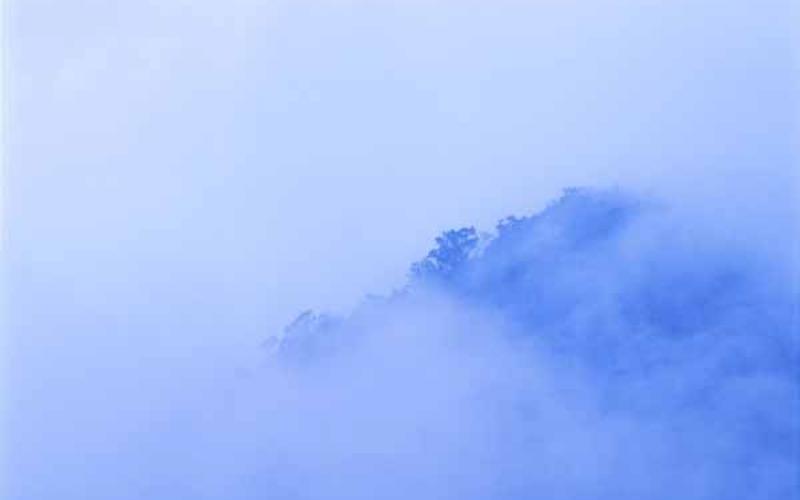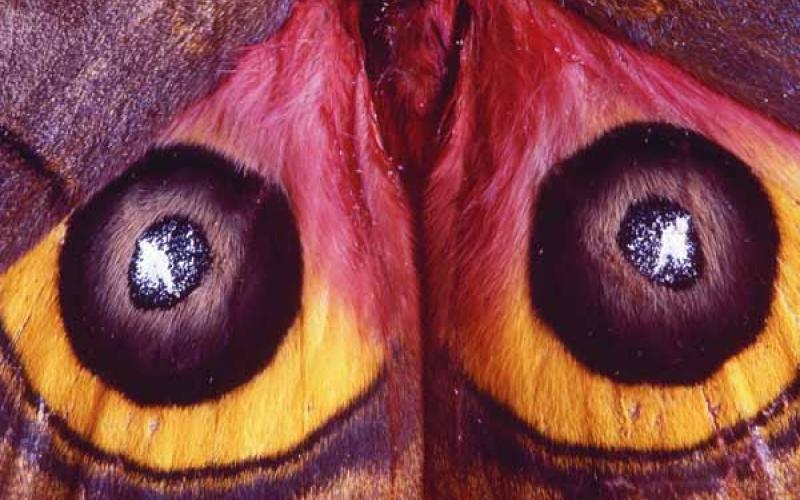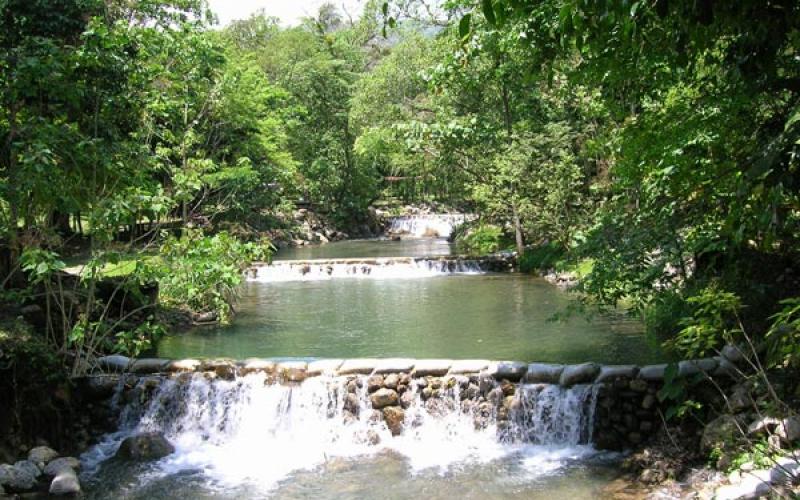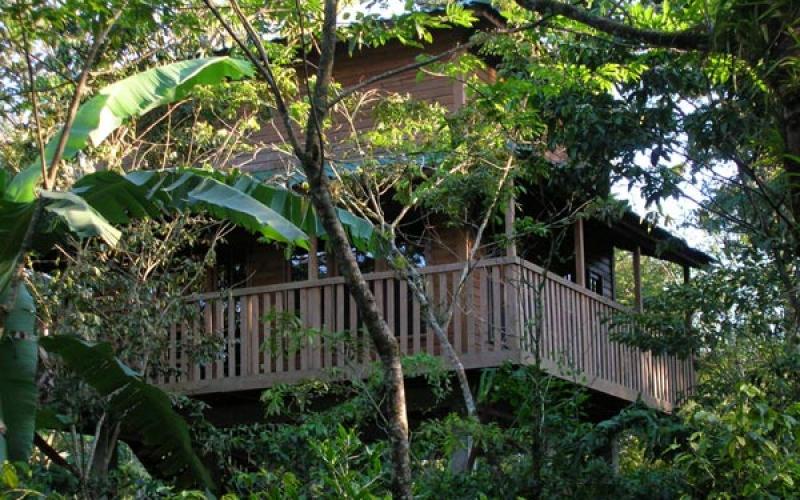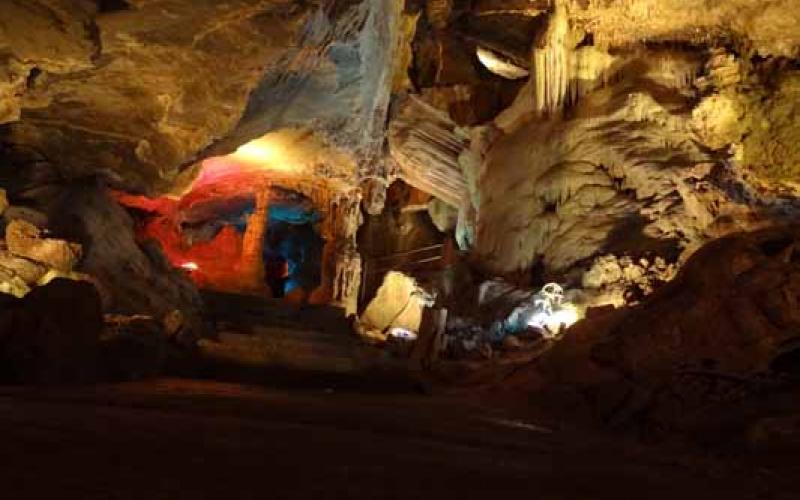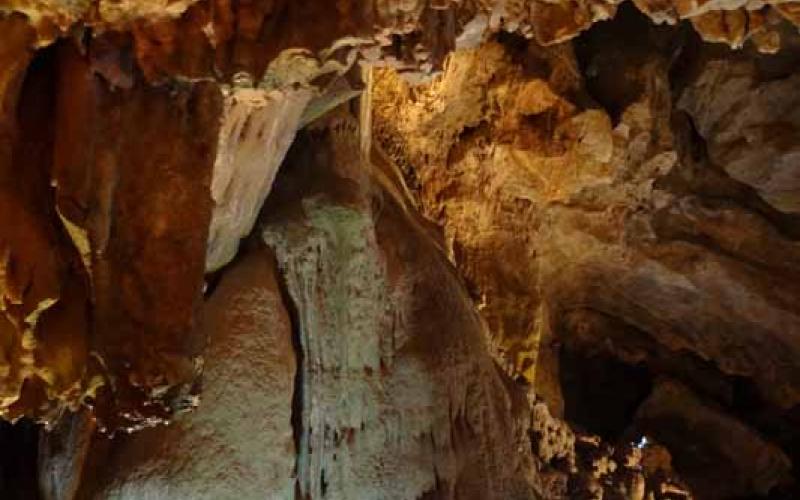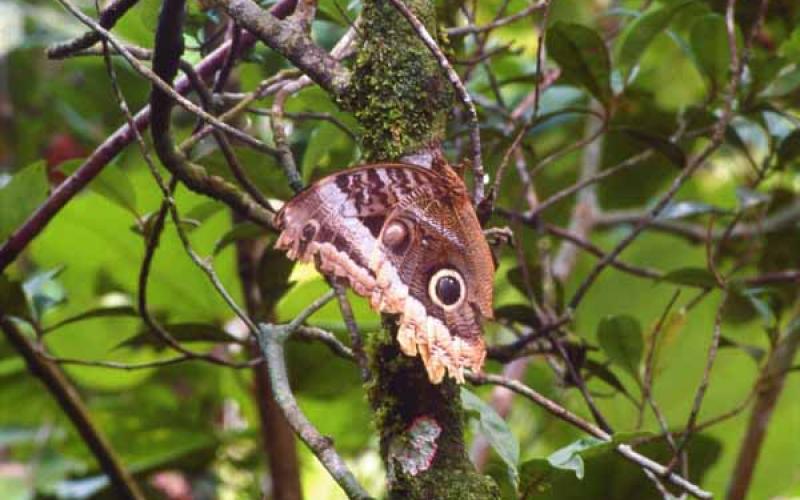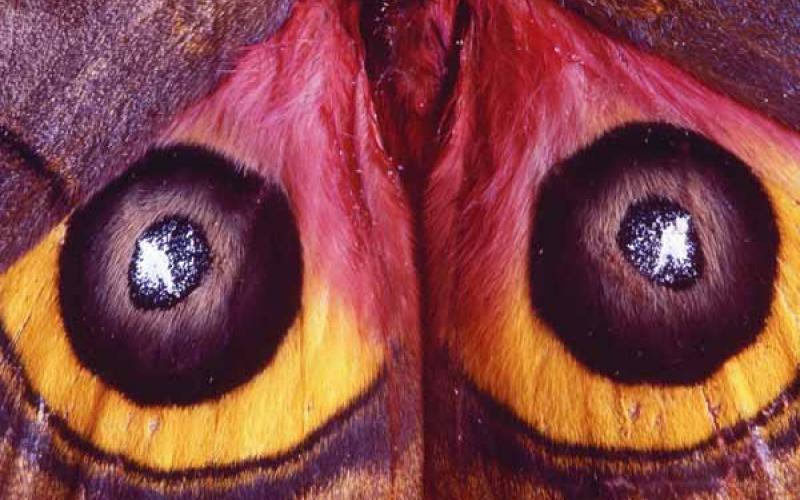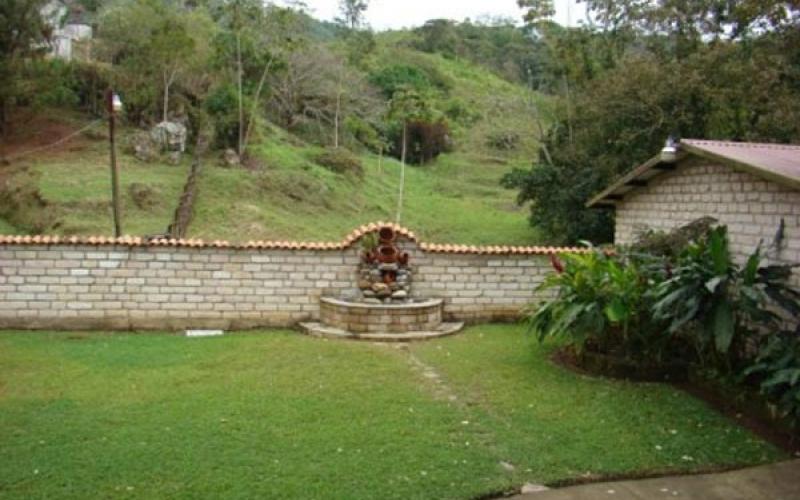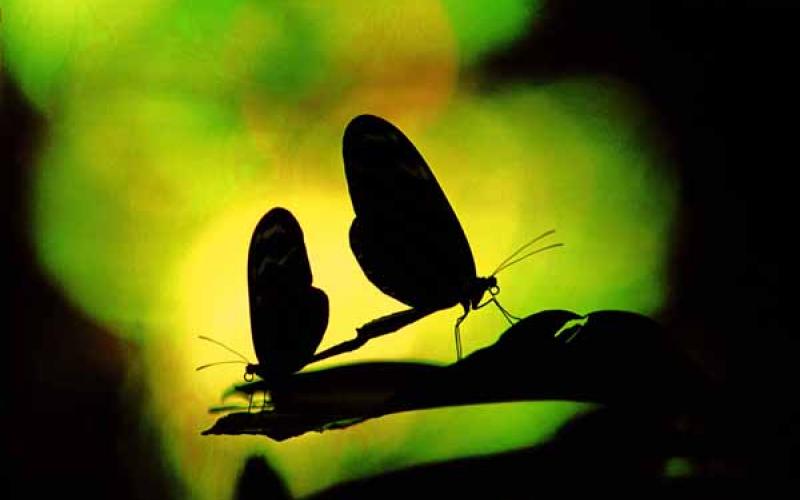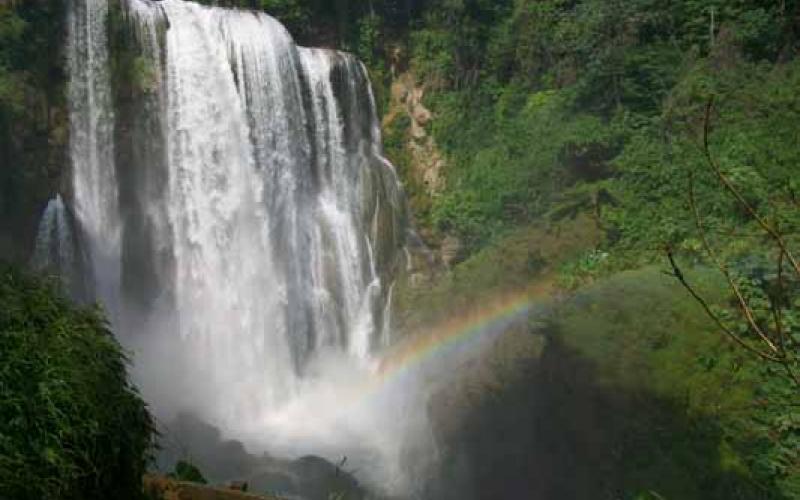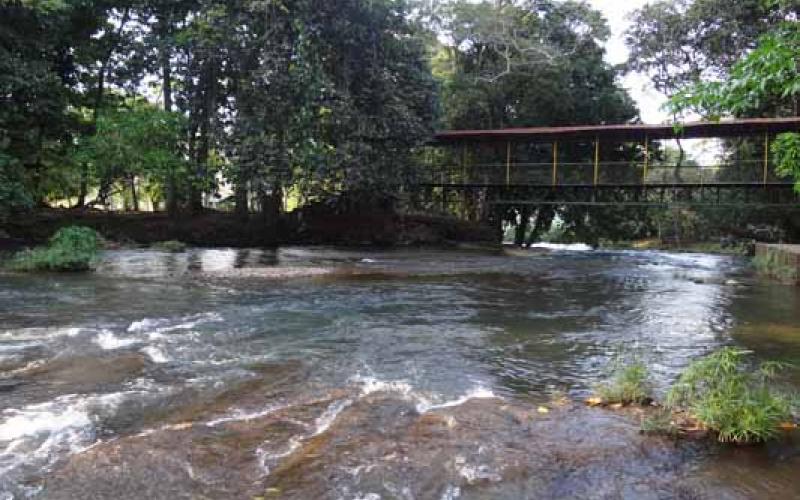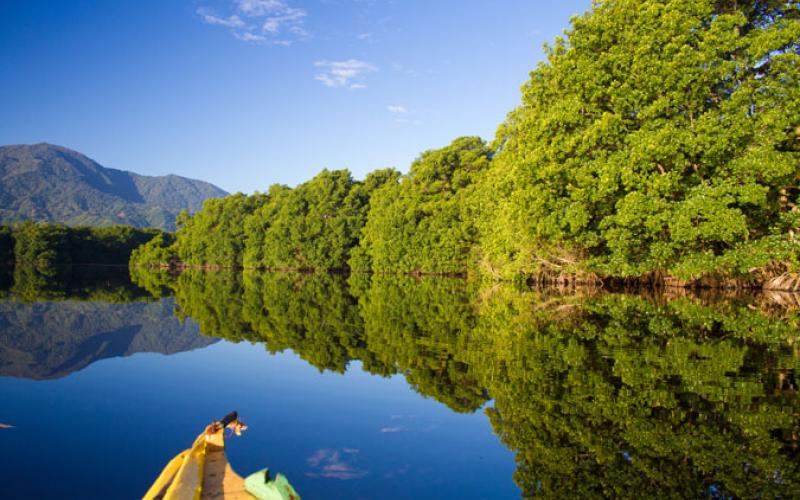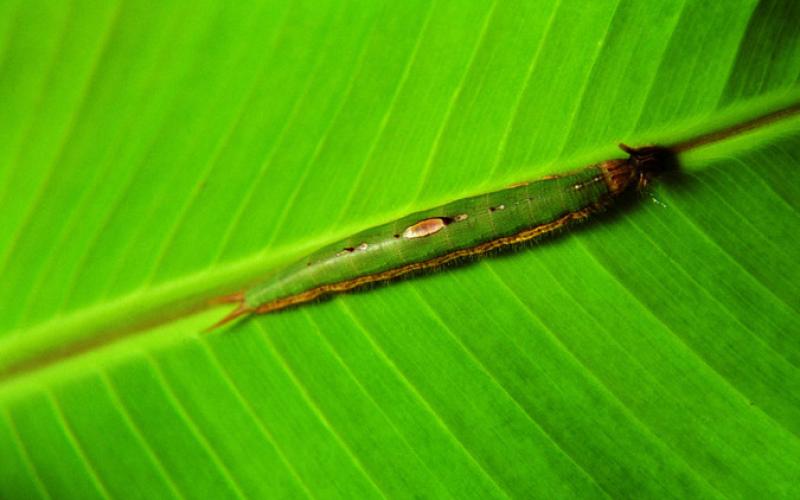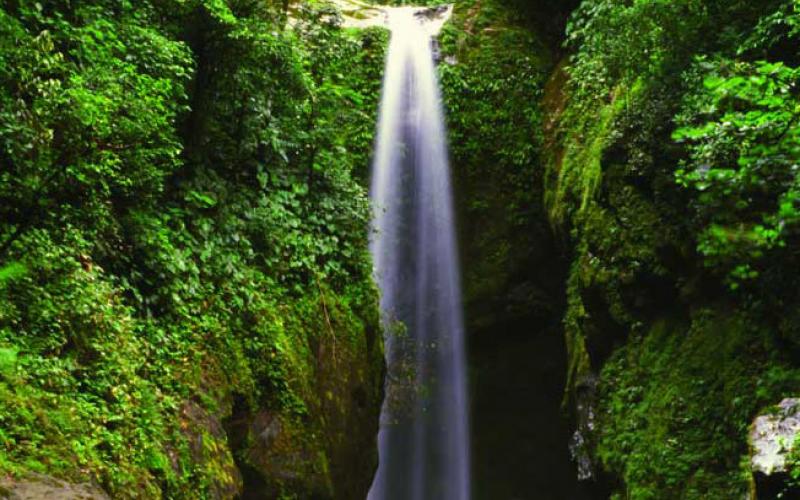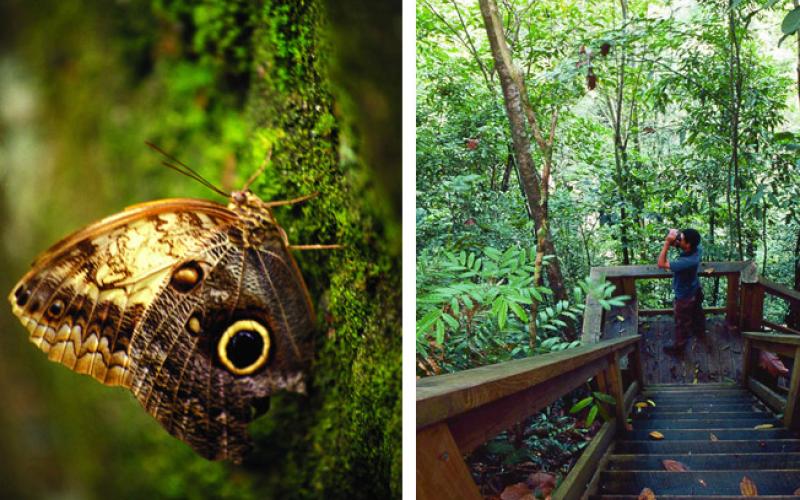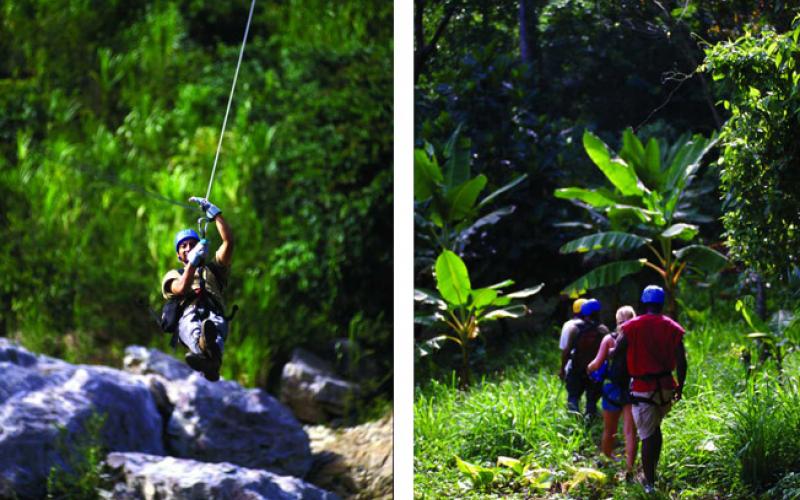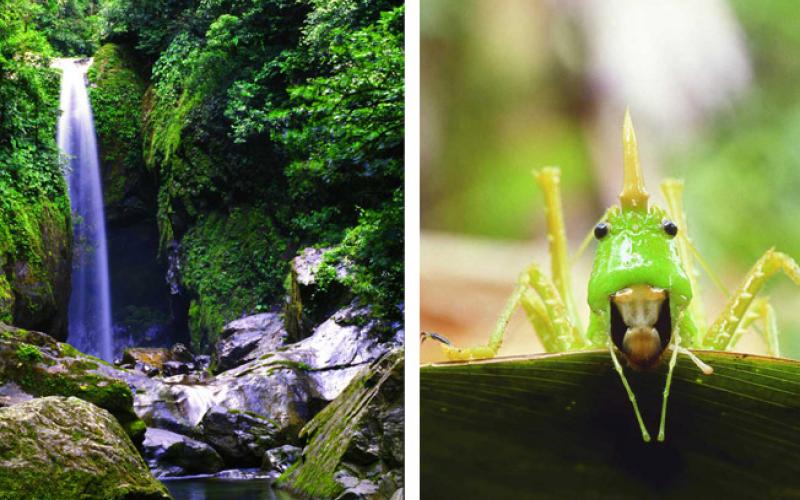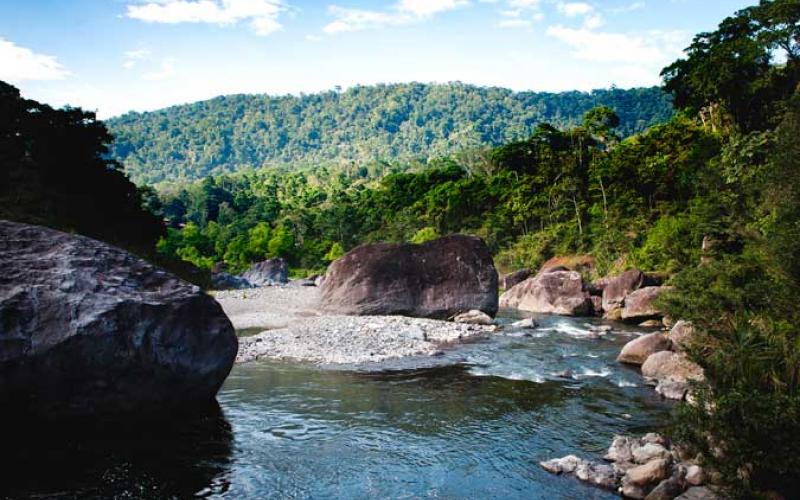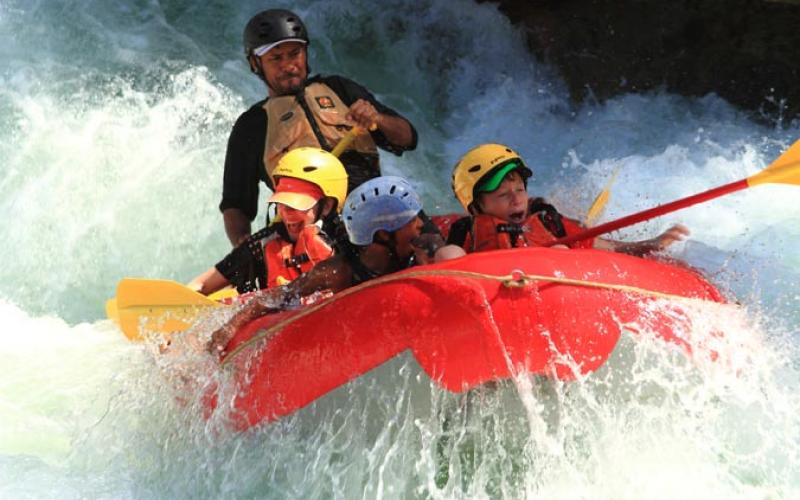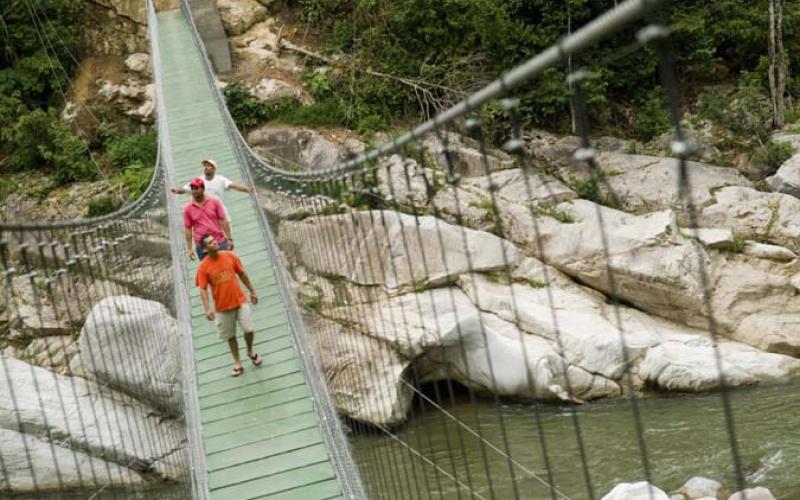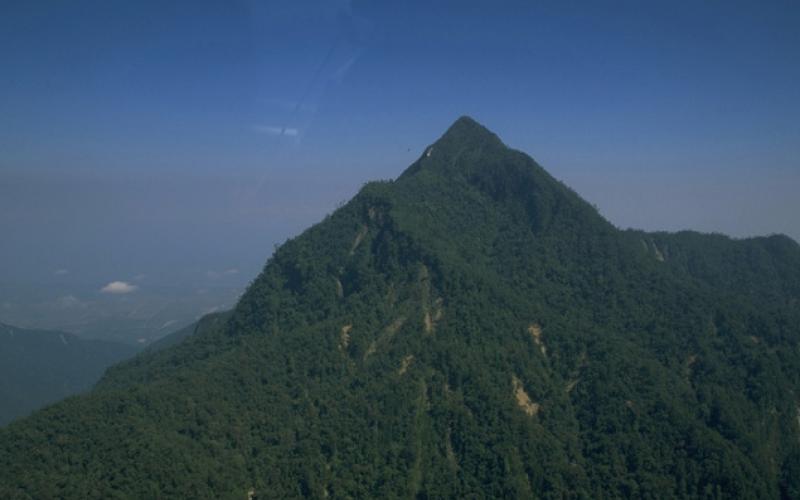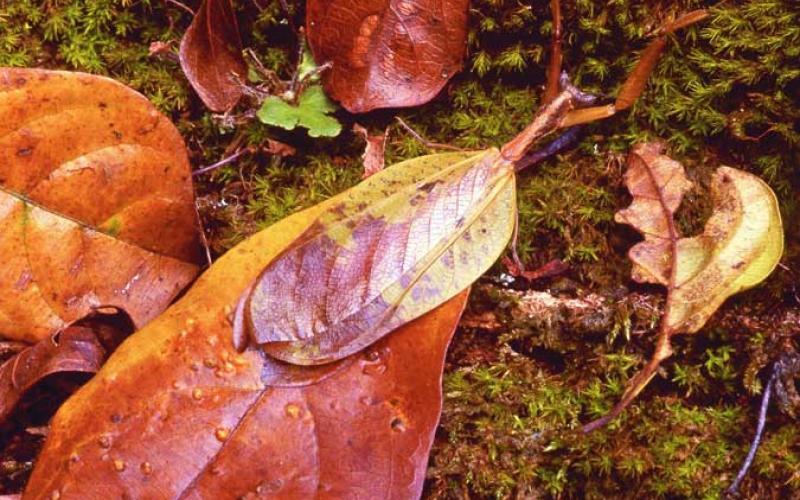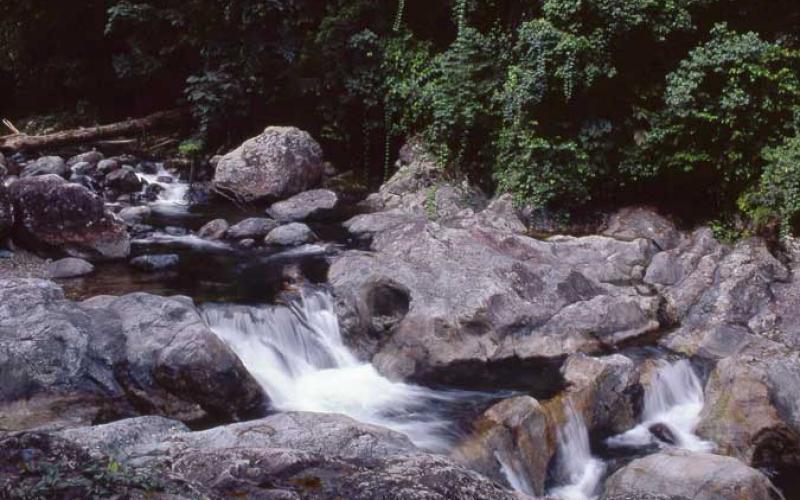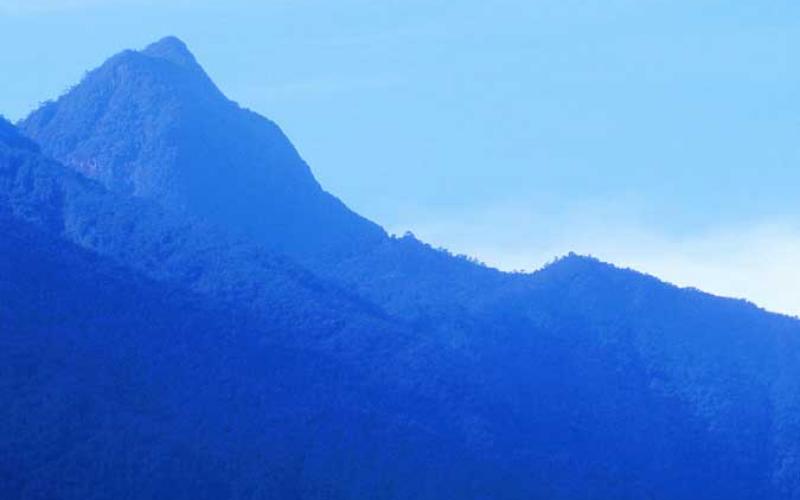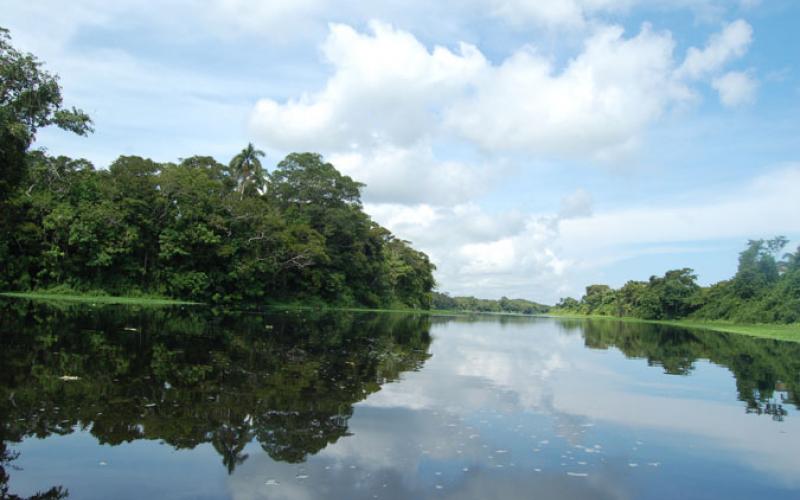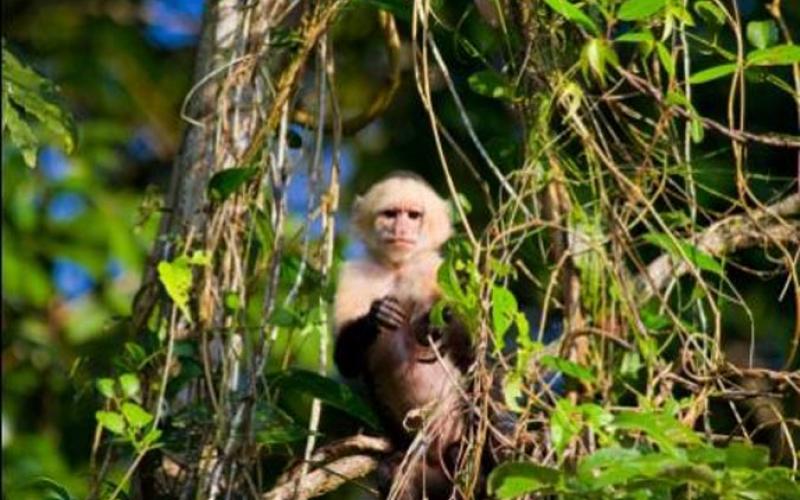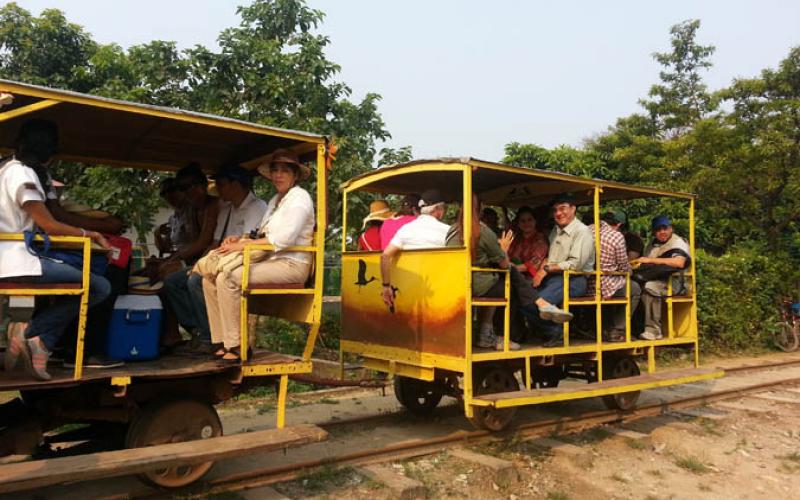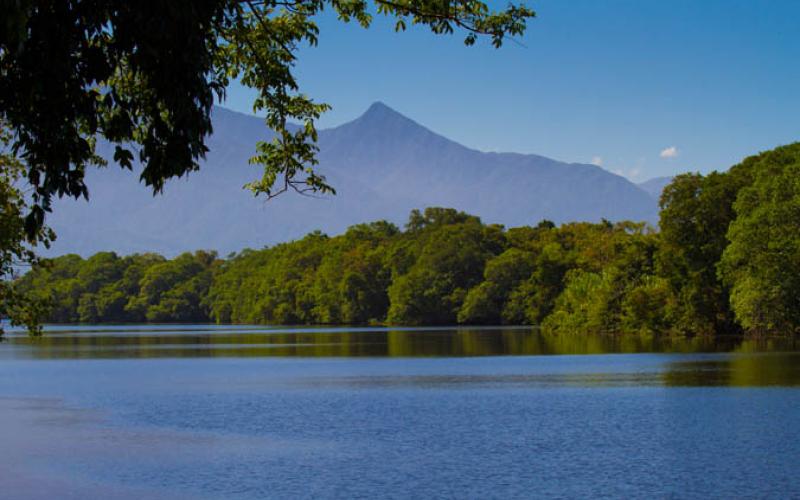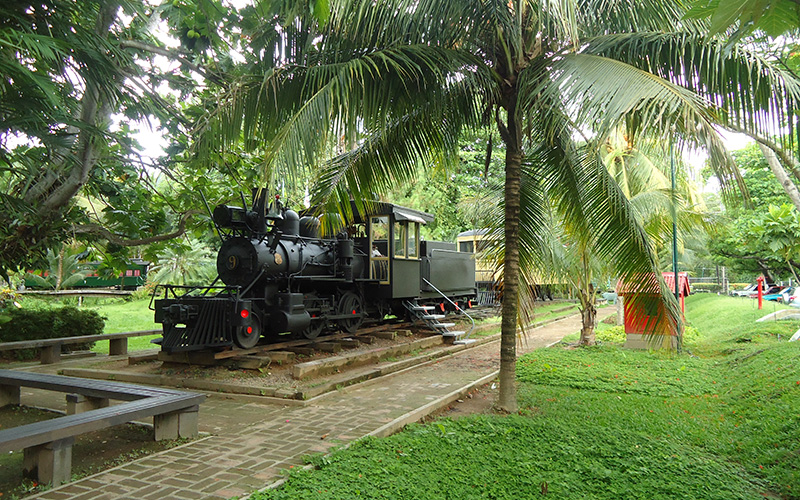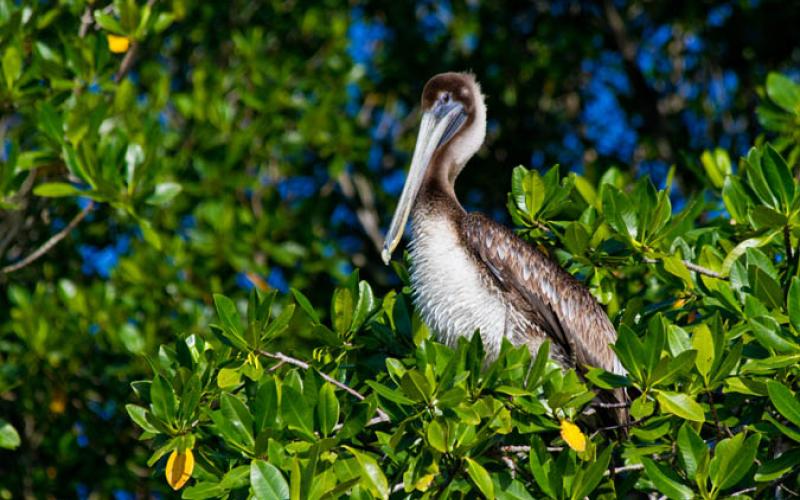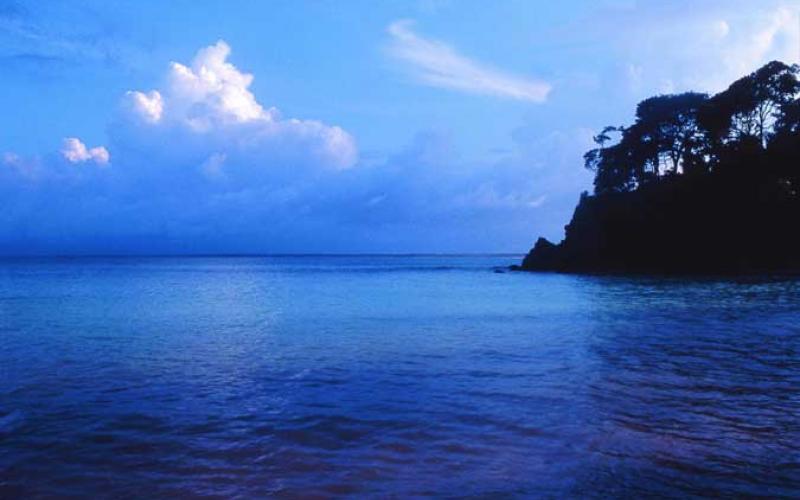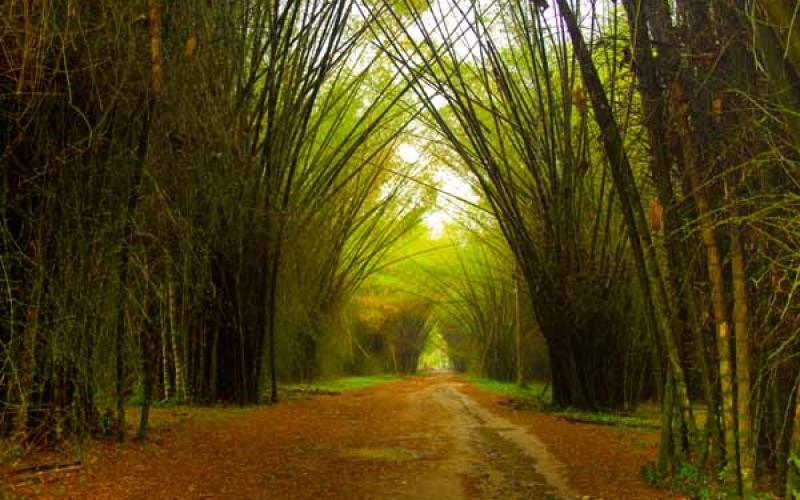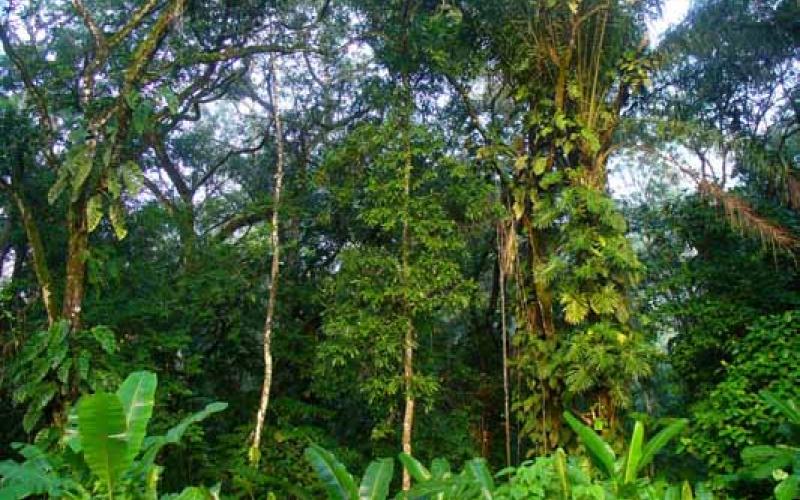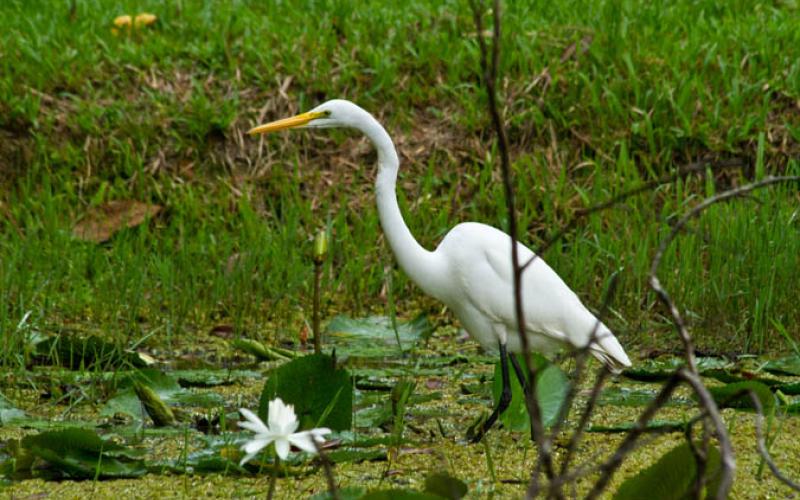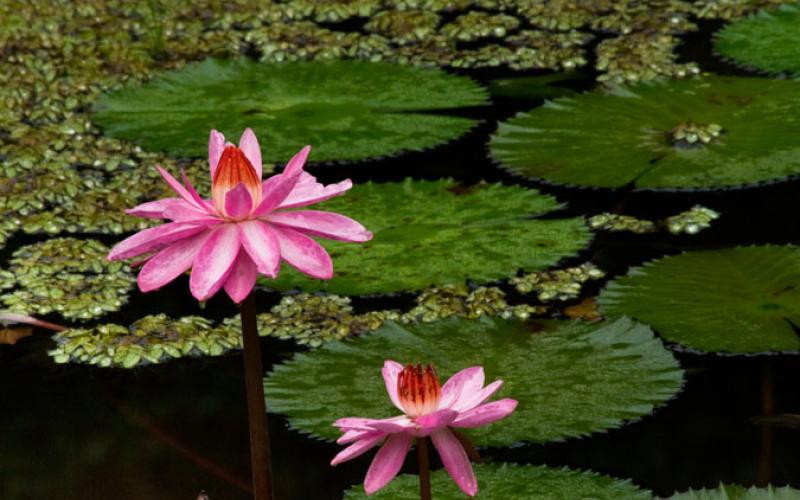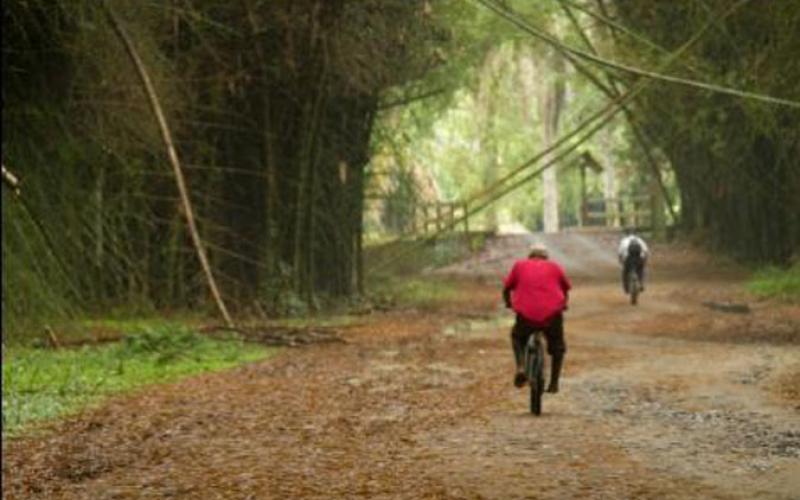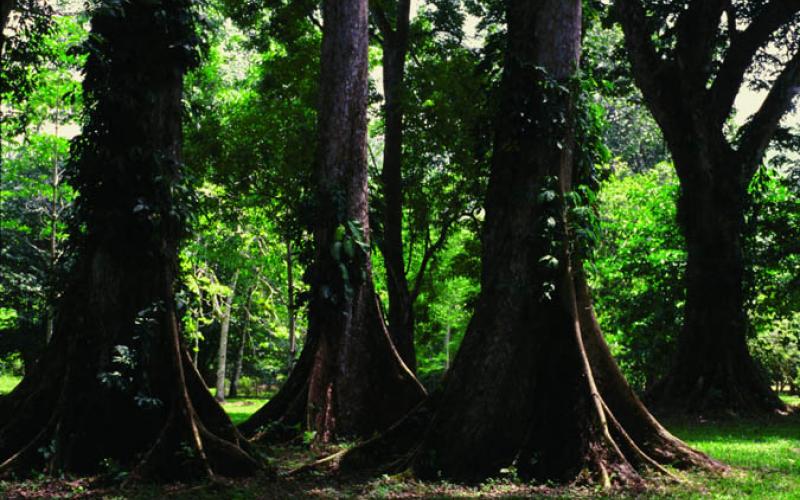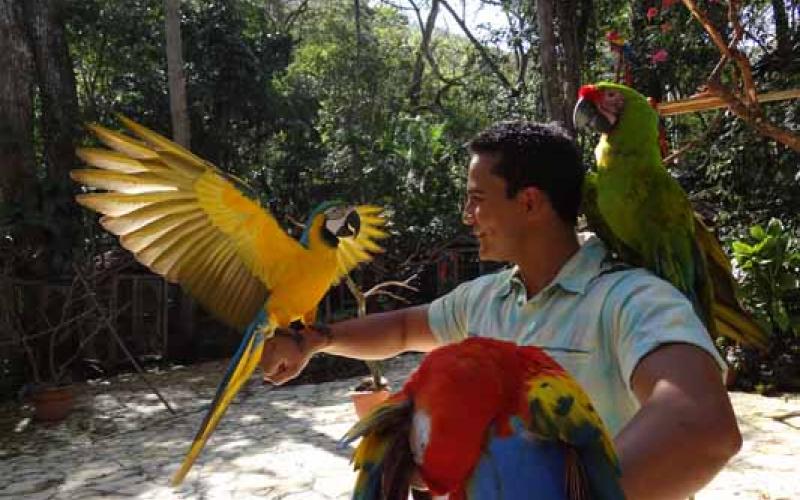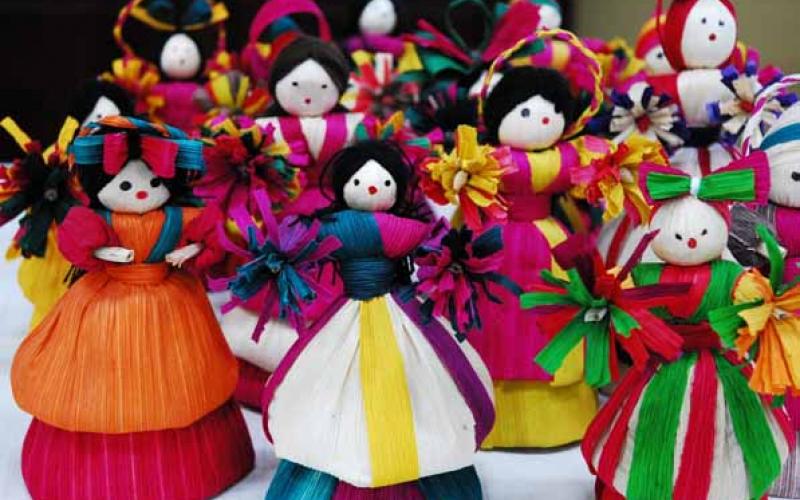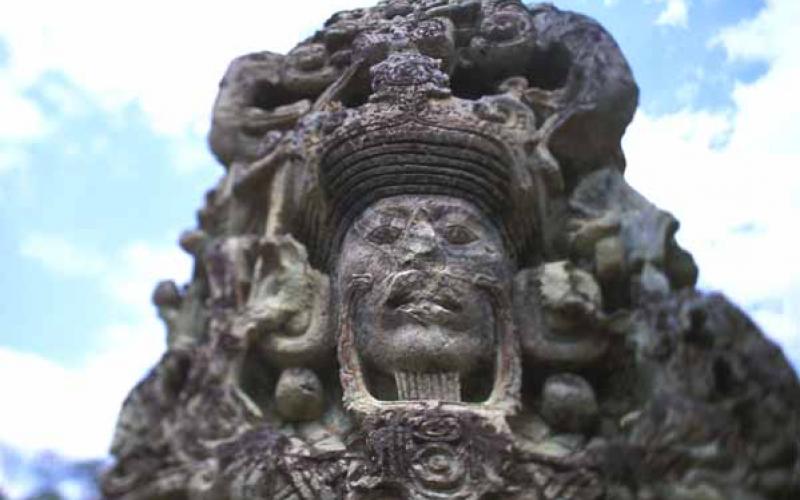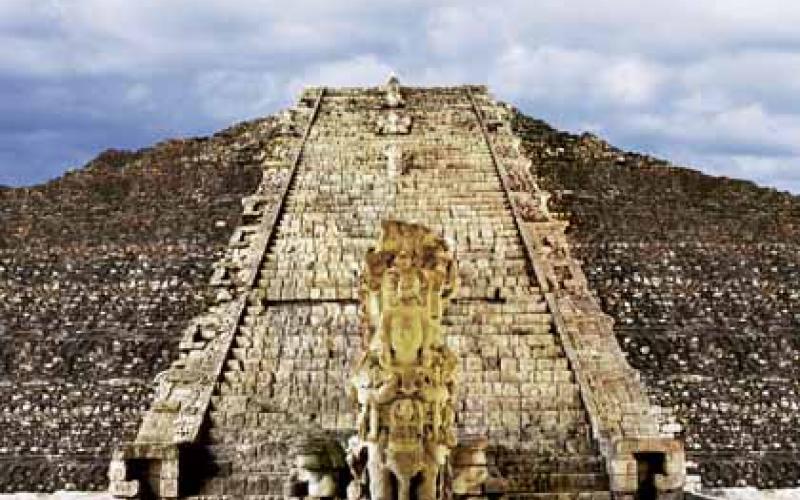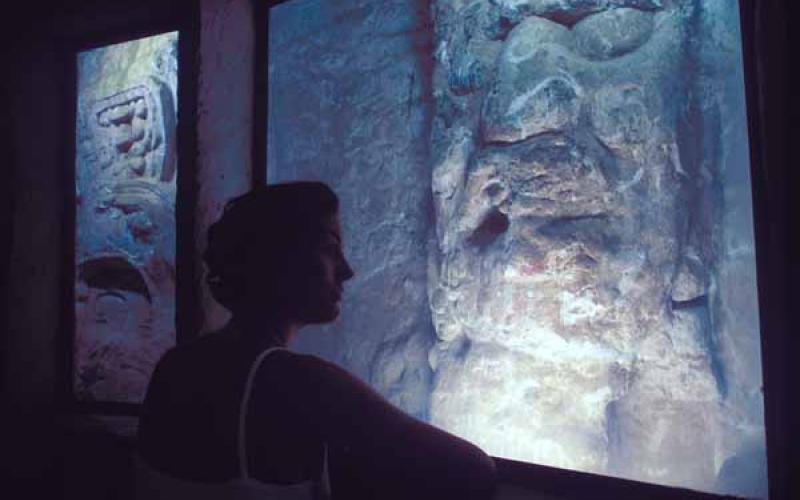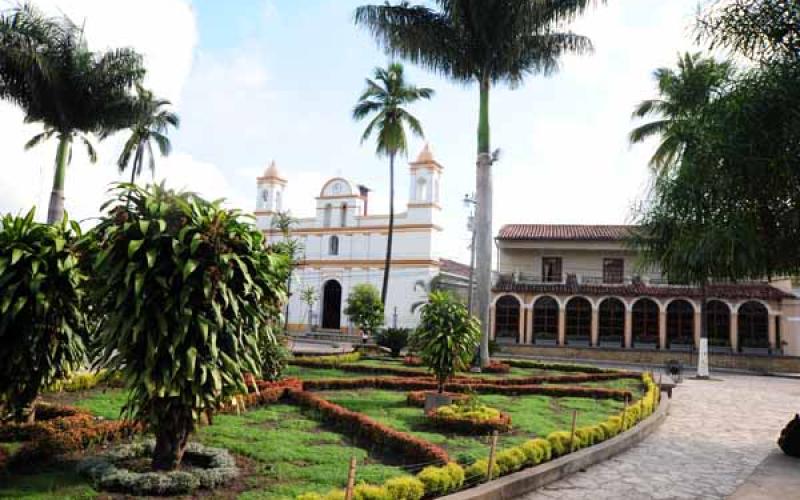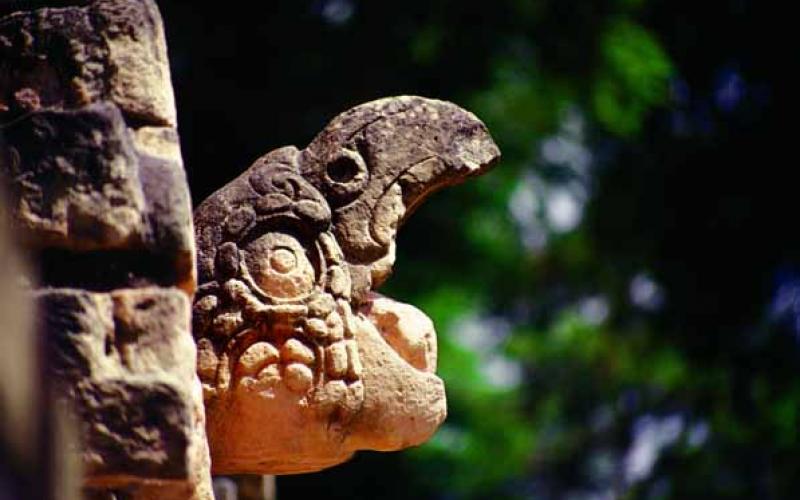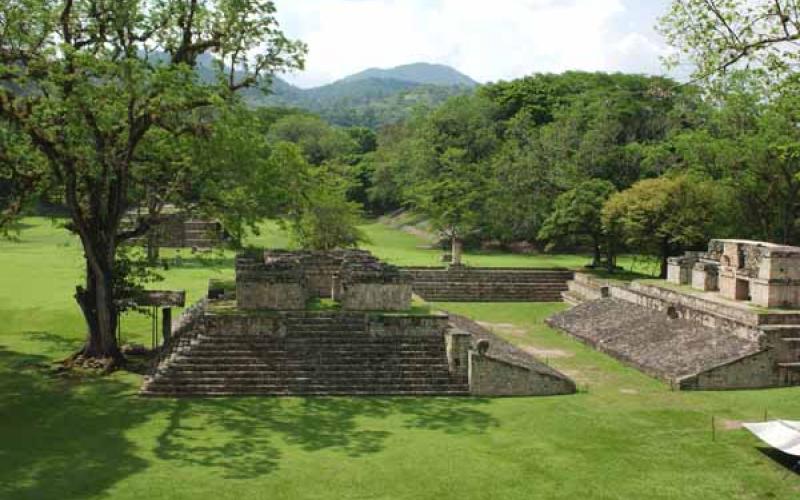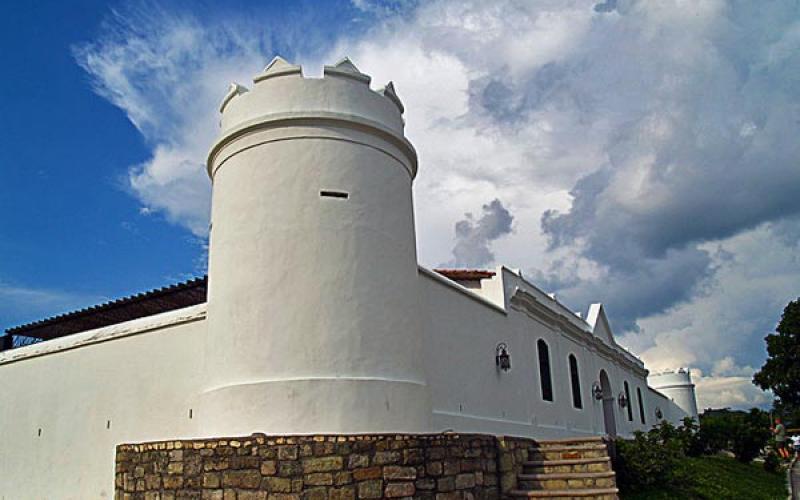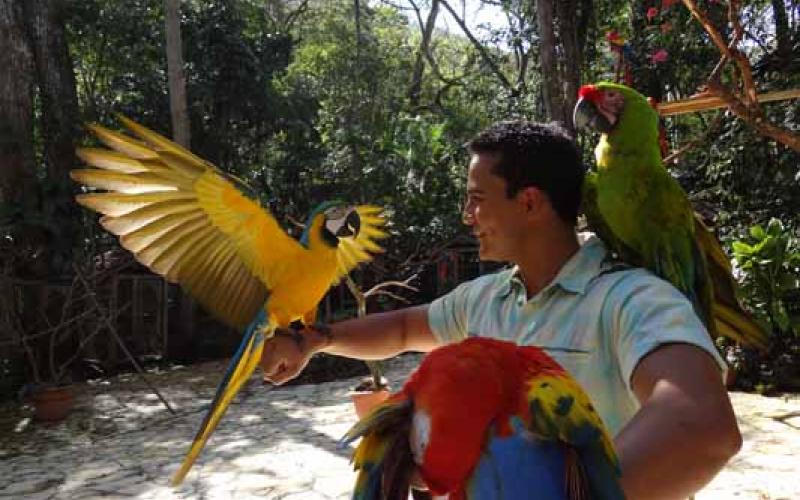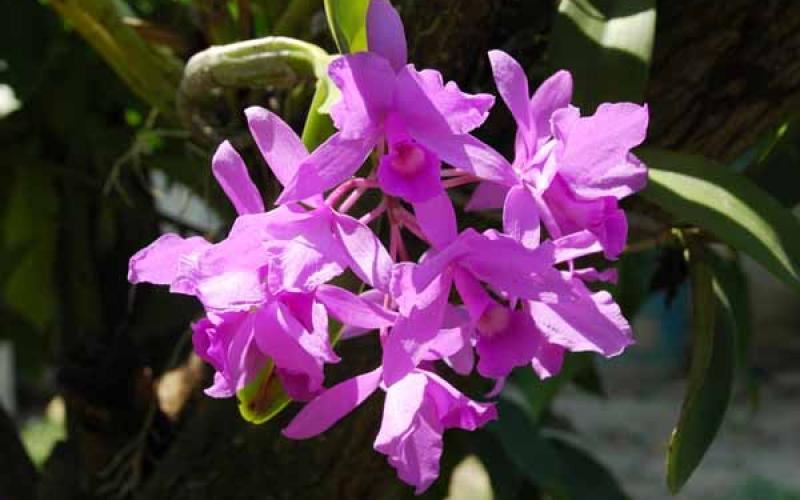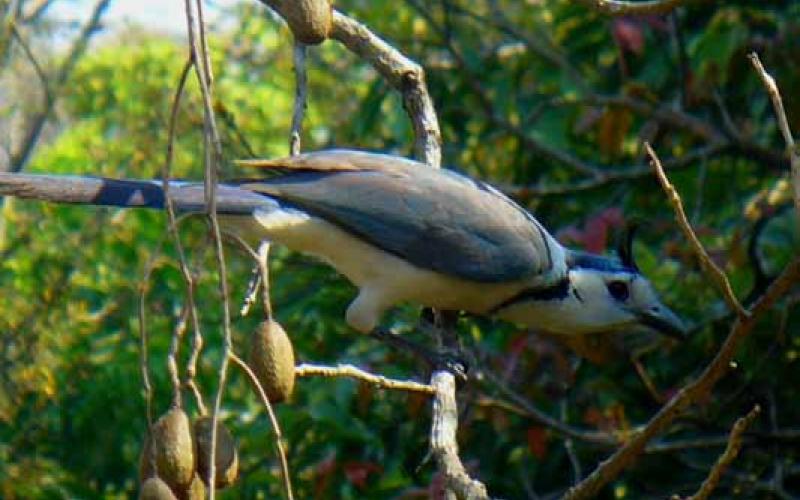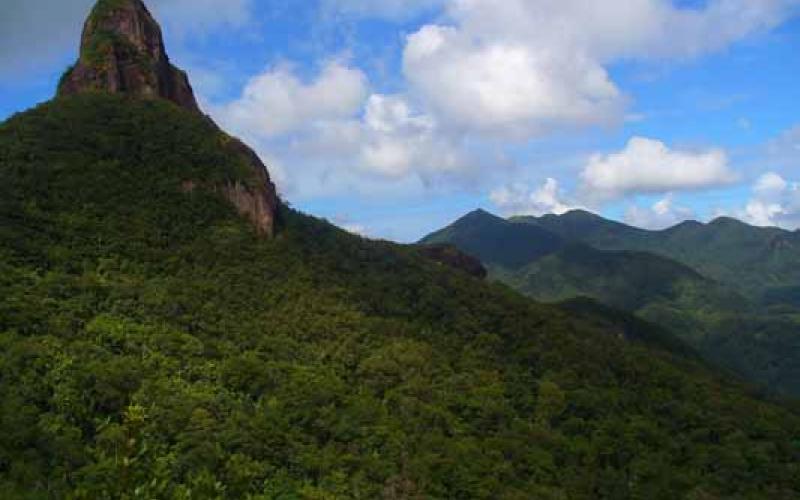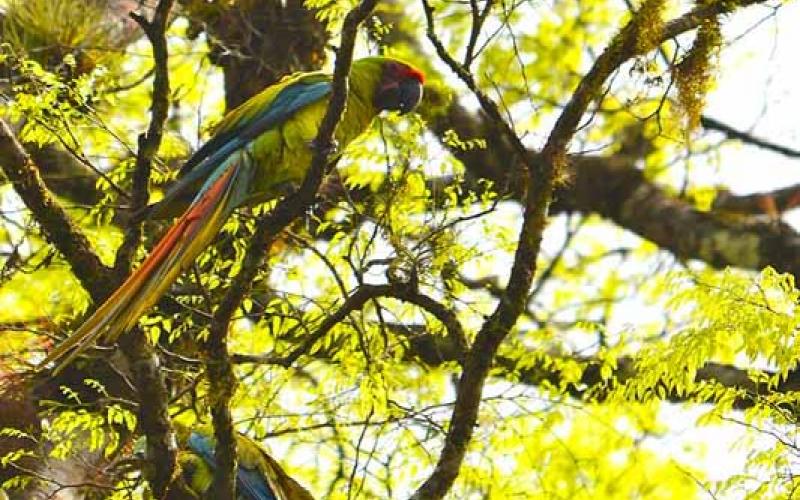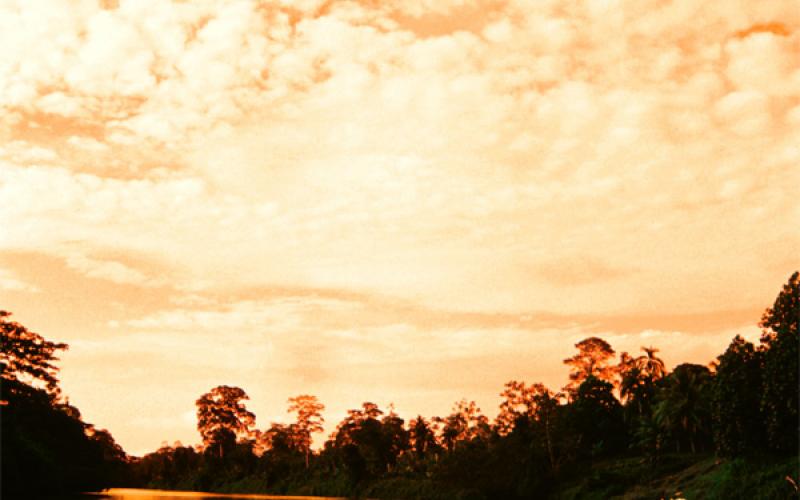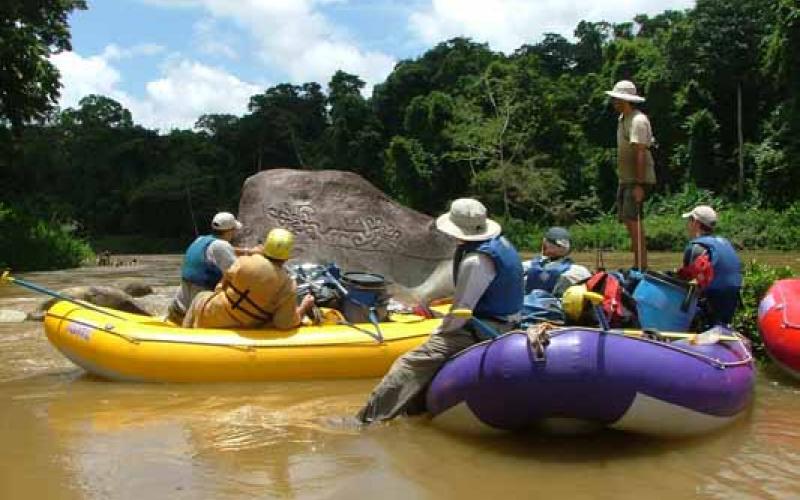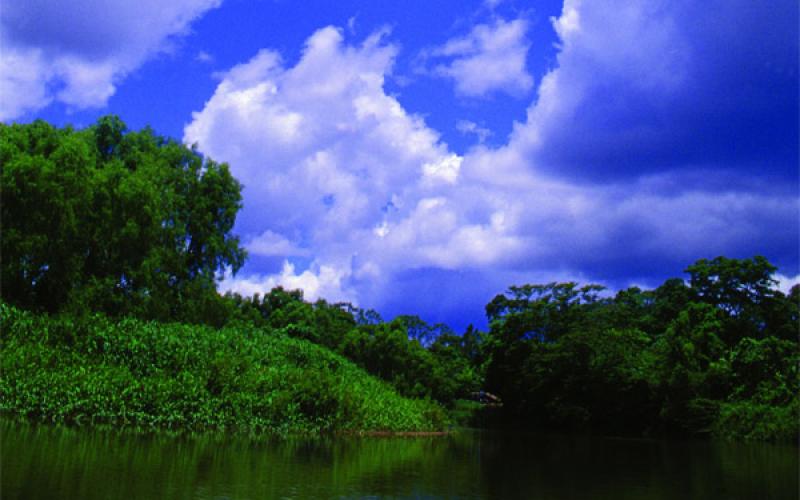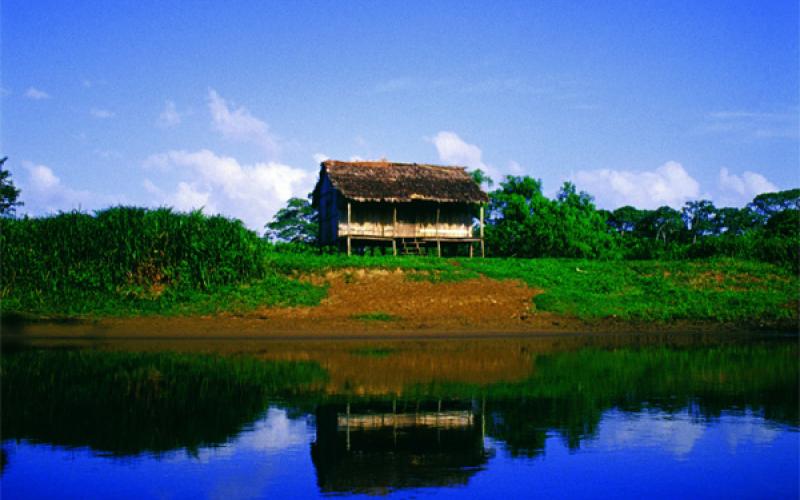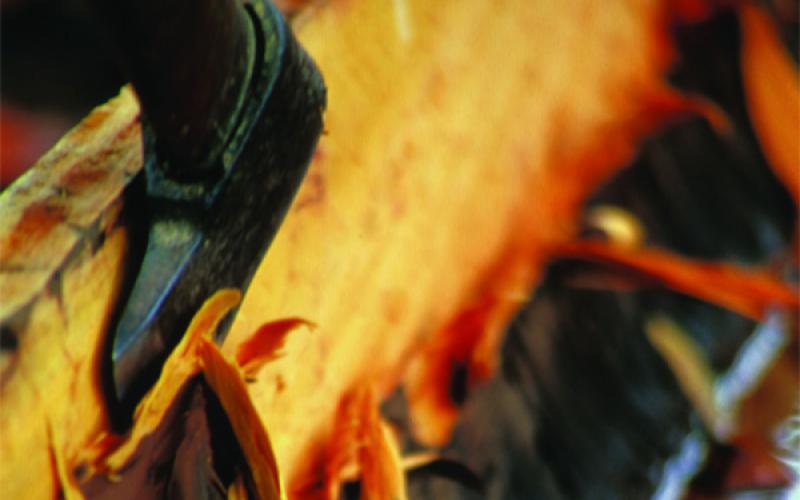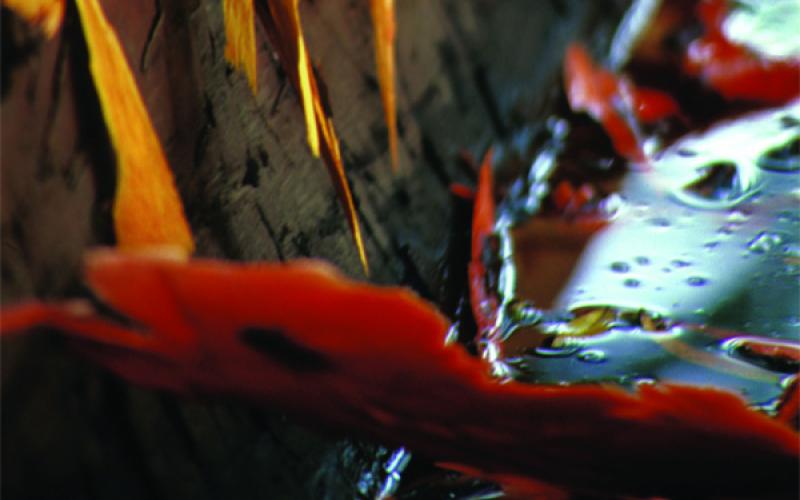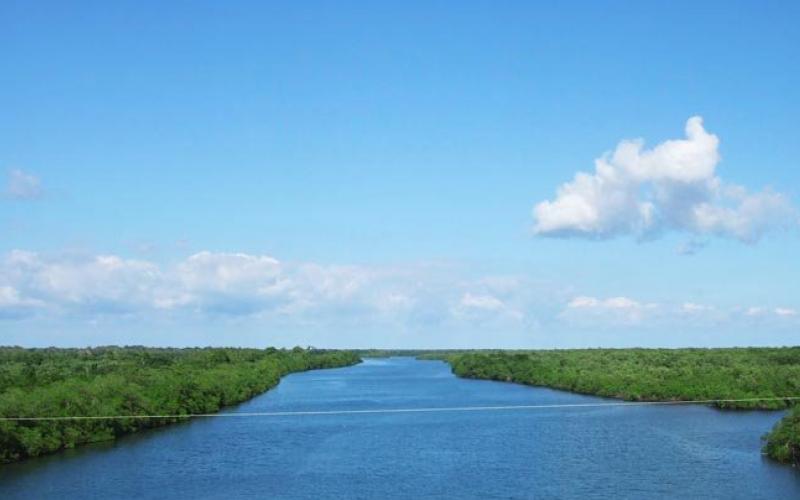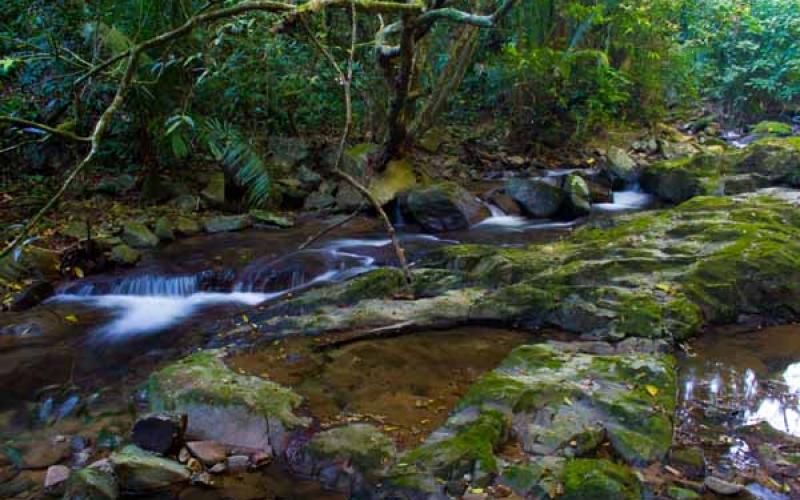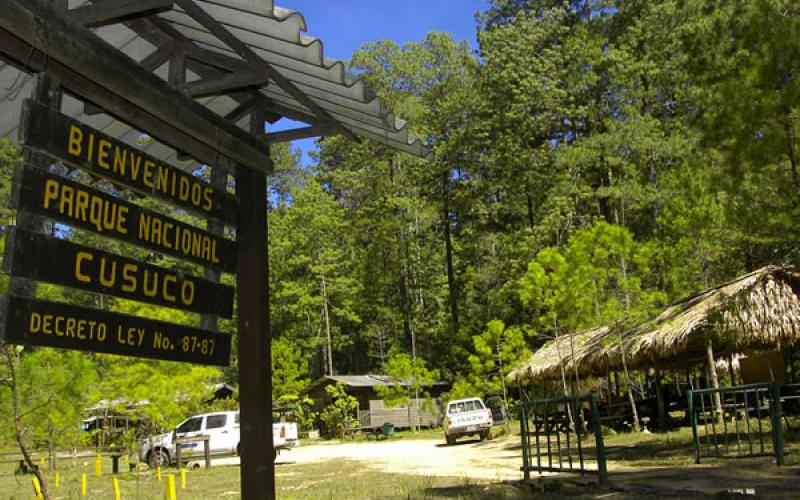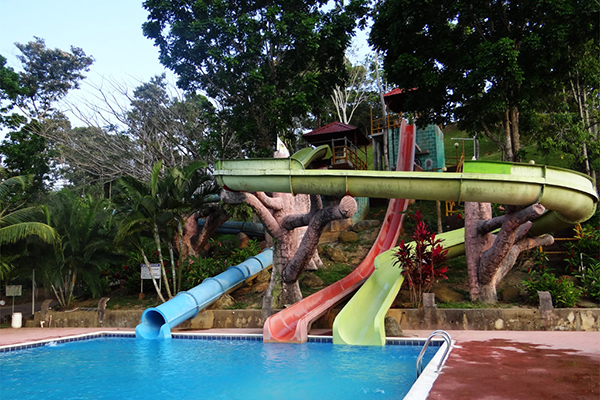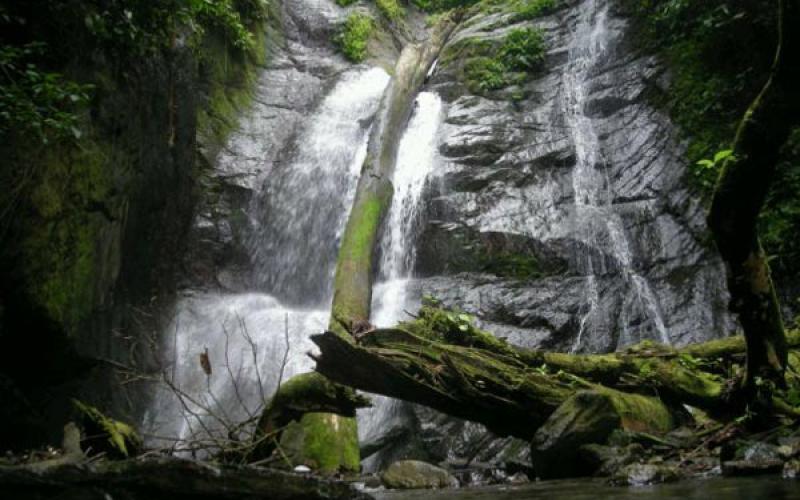nature
Lake Yojoa
Lake Yojoa , is the only lake of volcanic origin in Honduras and the largest fresh water reserve in the country. In 2005 it was recognized as a World Interest Wetland by the UN, through the RAMSAR convention. The place offers tourists multiple options to spend several days in the area with a wide variety of restaurants, recreation centers with pools and aquatic amusements, and zoos.

Location
Tours deals
Los Naranjos Archaeological Park, Lake Yojoa
Los Naranjos Archaeological Park, Lake Yojoa , There is a magical experience in Los Naranjos Archaeological Park, visit us and discover it yourself. You’ll find beautiful trails, unforgettable views of Lake Yojoa and a cozy visitors’ center with a charismatic and intimate museum.

Location
Tours deals
Cerro Azul Meámbar National Park- PANACAM, Lake Yojoa
Cerro Azul Meámbar National Park- PANACAM, Lake Yojoa , get in touch with the art of nature with a majestic deep blue cover. Cerro Azul Meámbar National Park offers trails that lead you to explore its flora and fauna intimately. And, for adrenaline lovers, there’s a high-speed canopy tour that satisfies the senses.

Location
Tours deals
Bioparque Paradise, Lake Yojoa
Bioparque Paradise, Lake Yojoa , "Paradise" BioPark and Coffee and Flower Farm is a beautiful natural conservation and production site, located in Los Naranjos Village. The White or Cold River and 5 waterfalls enliven its natural forests of colorful wood trees, exotic orchids and an interesting diversity of birds and minor fauna, such as guatusas (Central American agouti), iguanas and squirrels. Walking along the natural paths that cross its coffee plantations and tropical flower crops is a pleasant encounter with nature. You also find mounds and ball courts of the ancient Lenca civilization (900-1550). You can stay in your cabins or rooms, or camp in it.

Location
Tours deals
Taulabé Caves, Comayagua
Taulabé Caves, Comayagua , They are a stone maze resulting from the dissolution of the rocky mantle limestone by the effect of water. Although 12 km have been explored, their full extent is not yet known. The first 100 m are set up for visit by a footpath conditioned with handrails and lightning. Here you find stalactites and stalagmites that condense a drip of millions of years. The most famous is "Angel Wing", a stalactite of more than 3 m in length and 4 tons in weight that seems to float very close to the roof of the cave.

Location
Tours deals
Butterfly House, Lake Yojoa
Butterfly House, Lake Yojoa , It shows you a collection of live or dissected butterflies, among which there are 11 from the area. It is located within the Nature Resort, in front of Yojoa Lake from the CA-5 (km 160, at the height of the El Cacao Village), and is managed by Aldea Global, the NGO in charge of protecting Cerro Azul Meámbar National Park. Five experts work with the species of the lake basin, especially the threatened ones, such as the blue morph and the four mirrors butterflies.

Location
Tours deals
Cataratas Pulhapanzak, Lake Yojoa
Cataratas Pulhapanzak, Lake Yojoa , When the course of the Lindo River runs out of soil, it falls 43 meters in Pulhapanzak with sufficient flow to cause a 'roar' carried by the fine breeze that can be felt some distance away from the falls. The resort also offers you an estate where you can share in the milking of cows and cheese making, besides lodging in cabins. Something less known is that there are important pre-Columbian footprints of a stone walkway and a square surrounded by 4 mounds from the classical period (600-900 BC) on the site. The Lindo River follows its course with some fast stretches that you can descend on a giant float (river tubing) for 2 hours.

Location
Tours deals
La Ceiba, Atlántida
La Ceiba, Atlántida , is the third largest city in Honduras. It has diverse attractions, and its people are not only one more: joy and rhythm welcome the traveler all year round. With unique attractions such as the Pico Bonito National Park, the Cangrejal River and the La Ceiba Carnival, the city promises a pleasant time full of fun and adventure.
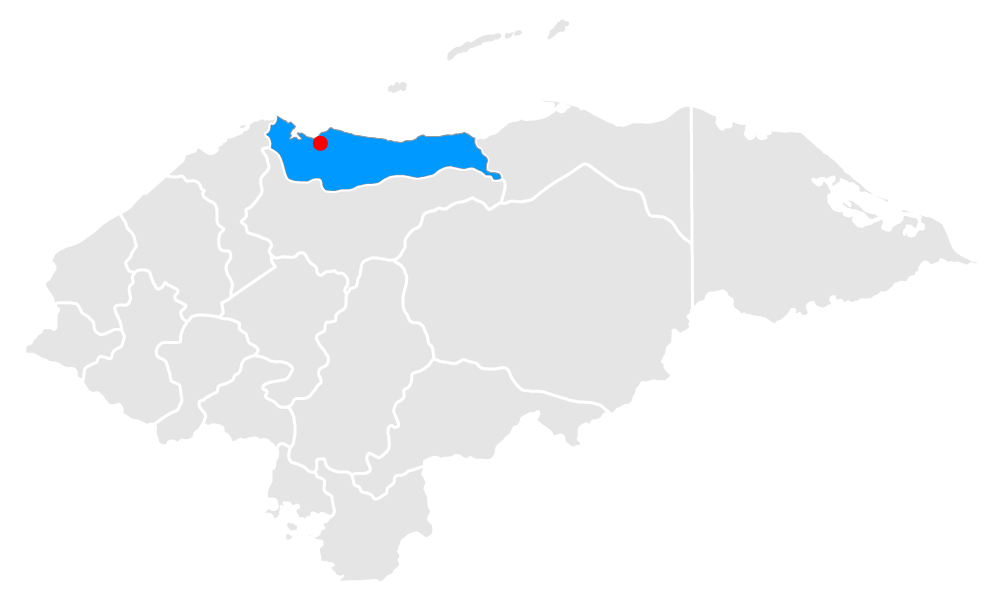
Location
Tours deals
National Park Pico Bonito, La Ceiba, Atlántida
National Park Pico Bonito, La Ceiba, Atlántida , This protected area is one of the national parks with greater biodiversity in Honduras. A place for adventure, encounters with nature or with oneself, and experiences as diverse as the life that inhabits it in many forms. It scales from the coast up to 2,485 meters above sea level to its highest peak, with different types of forests from where fast rivers, such as the Cangrejal, descend to the Caribbean Sea, flowing with powerful currents, ideal for rafting; or as the abundant ones that form refreshing pools and waterfalls. There are also exciting canopy stretches, hanging bridges and numerous wild vegetable and animal species: jaguars, cougars, tigers, white-headed capuchin and howler monkeys, tapirs, anteaters and white-tailed deer, boas, “barba amarilla” (Bothrops atrox) and coral snakes, quetzales, goldfinches and many more, several of them endangered; in addition to hundreds of species of flora.

Location
Tours deals
Wildlife Shelter Cuero y Salado Bars, Atlántida
Wildlife Shelter Cuero y Salado Bars, Atlántida , If you always dreamed of joining the jungle, this wildlife refuge hides a reserve of beautiful animals and exotic plants. Here you can observe diverse fauna such as howler monkeys, white-headed capuchin monkeys, herons and other birds native to coastal areas. An experience that you can only live in Honduras.

Location
Tours deals
Swinford Park, Atlántida
Swinford Park, Atlántida , Besides being a beautiful garden, it’s a small open-air museum exhibiting old wagons and two of the old railway machines that circulated around the city and the surrounding areas in the golden years of the banana era. This is why Swinford Park is an important site to visit when you come to La Ceiba, as you can learn part of its history while you relax and enjoy the natural environment it has. There’s a beautiful garden with a great variety of plants and flowers that make it a quiet place to spend a moment of relaxation.

Location
Tours deals
Jeannette Kawas National Park, Atlántida
Jeannette Kawas National Park, Atlántida , We have a gift for you from nature. More than five ecosystems to experience white sand beaches, mangrove forests and coral reefs, to mention just a few of all the places that are part of this wonderful park. The wildlife of the peninsula is simply spectacular: jaguars, howler monkeys and boas are characters from this jungle. Famous for being a hot spot for bird watching during the months of October through January.

Location
Tours deals
Lancetilla Botanical Garden, Tela, Atlántida
Lancetilla Botanical Garden, Tela, Atlántida , is the second largest tropical garden in the world. It has the largest collection of exotic plants in Latin America, with native species from Oceania, Africa and Asia, and serves as a home or refuge for more than 300 species of birds. The banana company created it in 1925 in the Lancetilla Valley as a research center where experiments with tropical plants with economic potential are also carried out. It is just minutes away from the center of Tela and the natural ogives in which the bamboo is folded at its entrance, the "Bamboo Tunnel", have already become an icon of the garden and the city.

Location
Tours deals
Copán Ruinas, Copán
Copán Ruinas, Copán , is the most important tourist sites in Honduras. Birds, nature reserves, coffee plantations, hot springs, landscapes and country life complement the tourist appeal of an area where researchers continue to harvest findings, decipher stories and reconstruct more of the Mayan life in the extreme south of Mesoamerica. The architecture and sculpture of this political and ceremonial center of the classic period reach levels unbeknownst in other Mayan cities. You can see part of them in the museum and find another between trees and animals, or underground.

Location
Tours deals
Fort Cabañas and Casa K'inich
Fort Cabañas and Casa K'inich , is a military building constructed in 1940 for the Honduran armies stationed at Copán Ruinas in order to safeguard the western borders. It was named after General Jose Trinidad Cabañas. Since 2002 it lodges the Interactive Learning Museum Casa K'inich, (House of the Sun), a "museum for children" under the patronage of the Copán Association.

Location
Tours deals
Macaw Mountain Bird Park
Macaw Mountain Bird Park , Macaw Mountain Bird Park and Natural Reserve is a center for the conservation and breeding, rehabilitation and lodging of birds, located a few kilometers from the center of the town of Copán Ruinas, on the road leading to Aguas Calientes (also known as Hot Springs). A colorful ecological park surrounded by ancient native trees and a coffee farm, and crossed in half by the refreshing waters of the Cakaguatales ravine, where you can have breakfast, a snack or lunch after walking among more than 180 species of Honduran and Central American birds, and some from South America. Do not miss out on the chance to feel how the legs of a red, green or blue macaw lean on your arms, your shoulders or your head while extending their beautiful wings wide. That is the best time to take a picture of your holiday worthy of sharing with your friends.

Location
Tours deals
La Tigra National Park, Francisco Morazán
La Tigra National Park, Francisco Morazán , This cloudy forest offers several ways to enjoy it, if you are interested in nature or are excited about adventure. Eight trails, with different degrees of difficulty, cover the ever-green and humid 240 km2 of the park, Tegucigalpa's main water source. Here lives the winged jewel of the isthmus, the quetzal, that you can find always in the mist, with sufficient patience and fortune. You can also see toucans and hawks, felines like tigrillos, pumas and jaguarundi, and several kinds of amphibians and reptiles. The walls and roof of this biodiversity shelter are laid by pines, sweet gums and other species of trees, usually covered with mosses, and, on ground level, there are plants, including 6 kinds of endangered ferns. The impressive variety of insects, including many that have not been seen in the region, is another wealth that you can find in the park while looking for the colors of the quetzal, the blue butterfly or tigrillos, and discovering the dimension that the word “life” takes here.
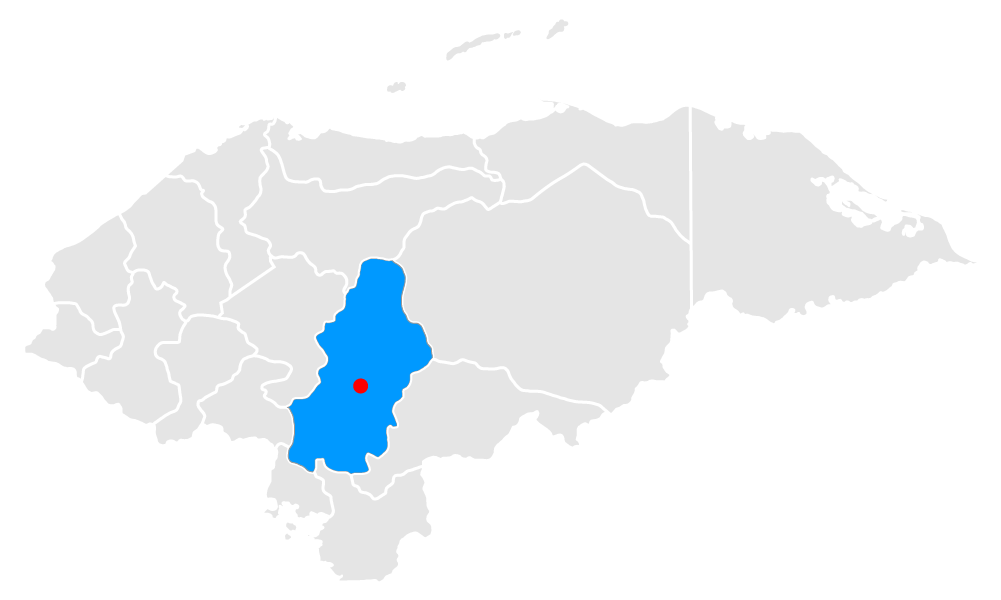
Location
Tours deals
Parque Turístico de Valle de Ángeles, Francisco Morazán
Parque Turístico de Valle de Ángeles, Francisco Morazán , Best known as the "Obrero Park", it’s a place for recreation and rest in the middle of pine forests, ideal for walks and family and friends’ celebrations in a country setting. It is less than half an hour away from Tegucigalpa.

Location
Tours deals
La Mosquitia, Gracias a Dios
La Mosquitia, Gracias a Dios , Honduras’ most remote area is also the most biodiverse and the most ethnic. Here is the largest rainforest in America after the Amazon, formed by the Río Plátano Biosphere Reserve, a World Heritage Site; the Patuca National Park, the Tawakha Anthropological Reserve, the Cruta Caratasca Wildlife Refuge and the Rus Rus Biological Reserve. To venture in La Mosquitia, assisted by expert guides, is to explore one of the most extreme areas of the continent. On the other side of the village of Las Marías you enter a timeless world where the trees keep the sun from sight, live with wild animals and travel downstream, overcoming jungle, savannahs and lagoons, until you reach the Caribbean to tell what may be the best adventure of your life.
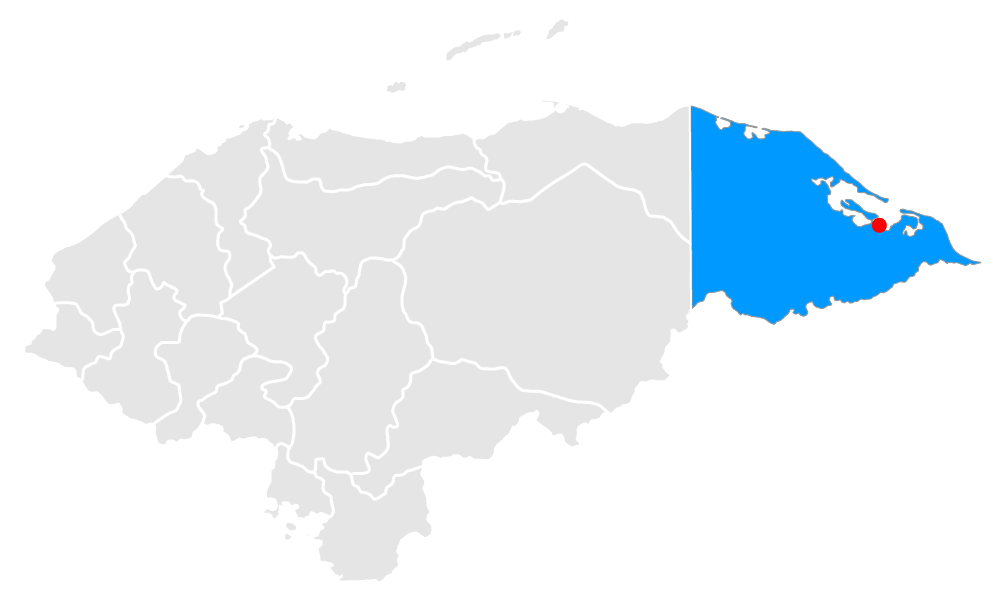
Location
Tours deals
Wildlife Refuge Laguna de Guaimoreto, Colón
Wildlife Refuge Laguna de Guaimoreto, Colón , It’s the habitat of several marine and aquatic species, crocodiles, monkeys, iguanas and fish. Broadleaf forest, floating plants, flooded forest, mangroves and sand plants surround this lagoon that flows into the Trujillo Bay. Among the activities that can be done are boat trips through the lagoon visiting the mangroves to reach the mouth in the bay, as well as the observation of sea and migratory birds.
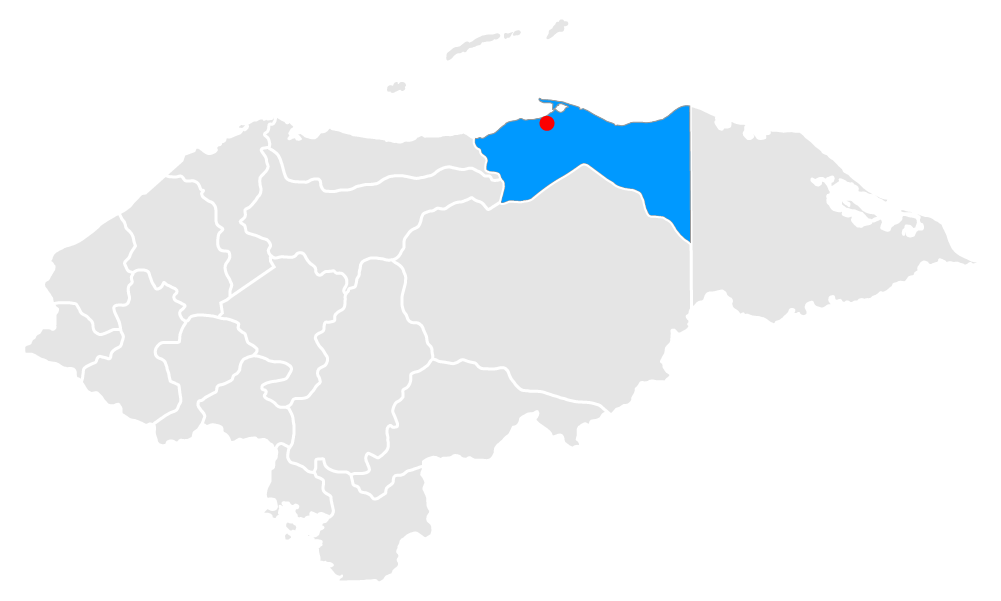
Location
Tours deals
National Park Capiro and Calentura, Colón
National Park Capiro and Calentura, Colón , is located between the municipalities of Trujillo and the Garífuna Community of Santa Fe, department of Colón, in the final part of the Nombre de Dios Mountain Range. Located 4 kilometers south of the city of Trujillo, it is a beautiful and impressive mountain massif of lush vegetation and great wildlife diversity, such as the howler and white-faced capuchin monkey, raccoons, jaguars, ocelots, reptiles, snakes, deer, insects, oropendolas, toucans, parrots, and macaws, among others. In addition to its immense biodiversity, in the Capiro and Calentura National Park you can also enjoy the spectacular beauty of the Rio Negro Waterfall.

Location
Tours deals
National Park El Cusuco, Cortés
National Park El Cusuco, Cortés , About 40 km to the west you find this protected area that descends towards the Caribbean by the Omoa Mountain Range and takes the popular name of the armadillo: cusuco. A rich area of steep cloud forest, between 1800 and 2200 masl, which shelters more than 90 species of reptiles and amphibians and over 35 of bats, and where up to 270 species of birds have been identified so far. Jaguars and tigrillos share the biodiverse flora that surrounds the park with tapirs, monkeys, guatusas (Central American agouti) and two of the animal jewels of El Cusuco: the quetzal and the emerald beetles. Here you will also find giant ferns like trees, up to 20 meters. Traversing its paths between rain or fog is a pleasant adventure that you take even further if you decide to spend the night and camp.
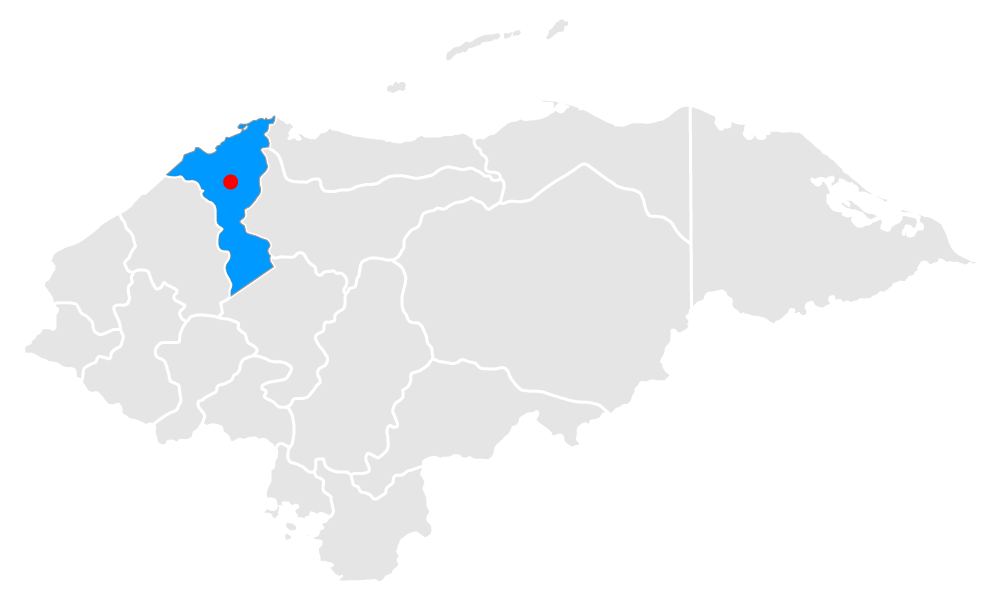
Location
Tours deals
Omoa’s San Fernando Aquatic Park, Omoa, Cortés
Omoa’s San Fernando Aquatic Park, Omoa, Cortés , It’s also included with a curious replica of the fort, characteristic of that coastal city. You can enjoy 18 hectares with paths, ideal for a family rest.

Location
Tours deals
Rawacala Ecotour, Cortés
Rawacala Ecotour, Cortés , An eco-tourist project in a private reserve, where it is possible to hike through the mountains, swim in a waterfall with crystal clear water and glide through the tops of the tall trees, with the help of canopy hooks and pulleys.


